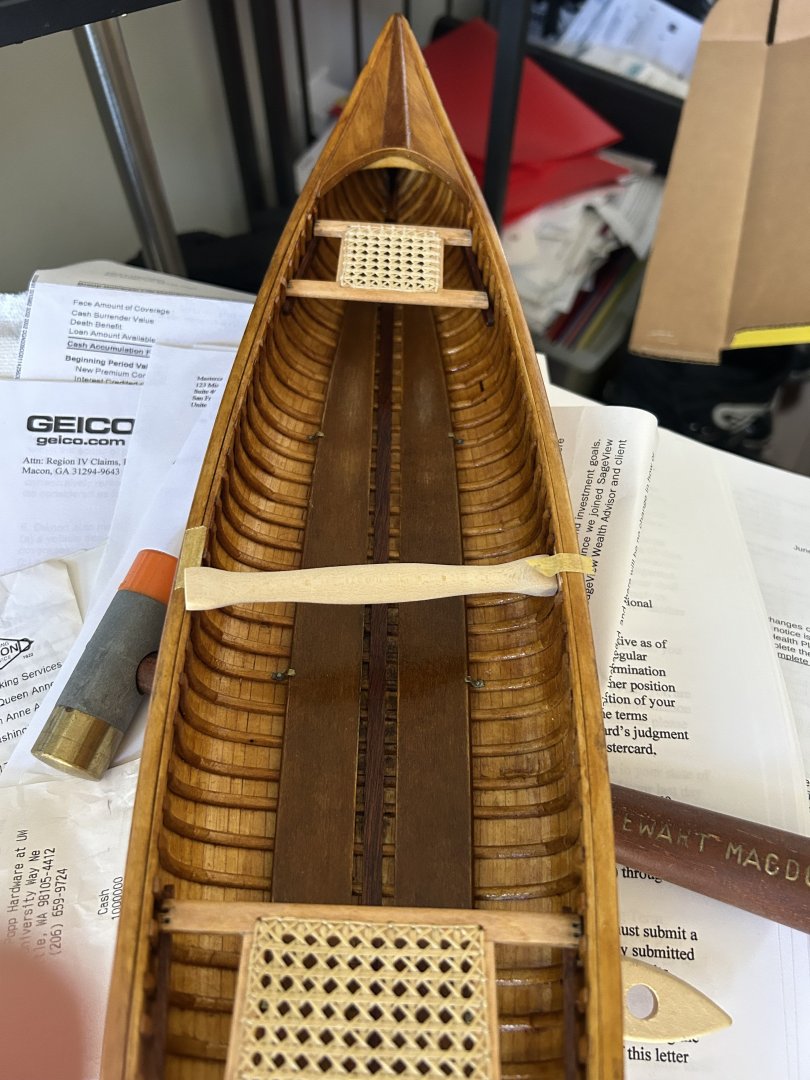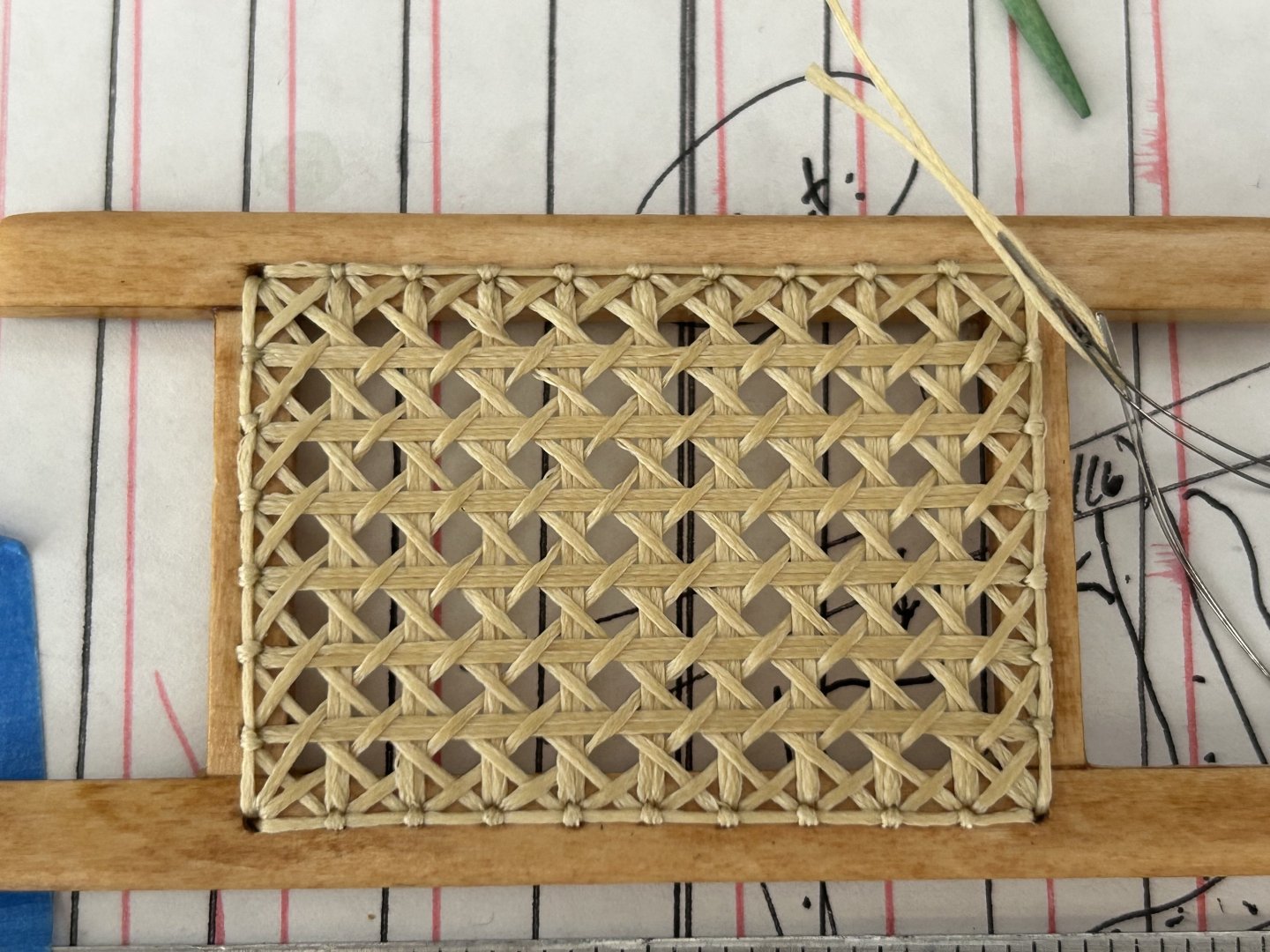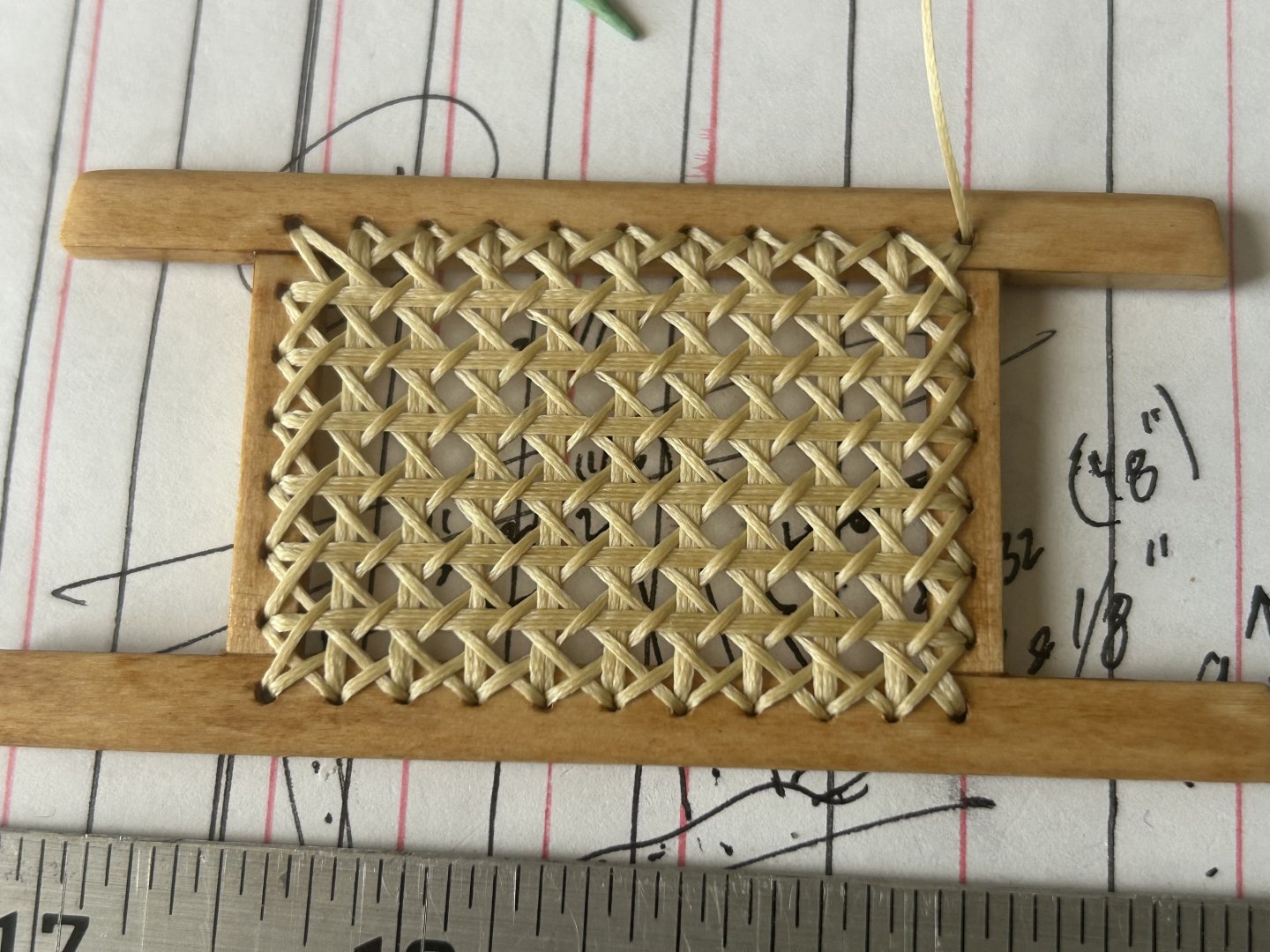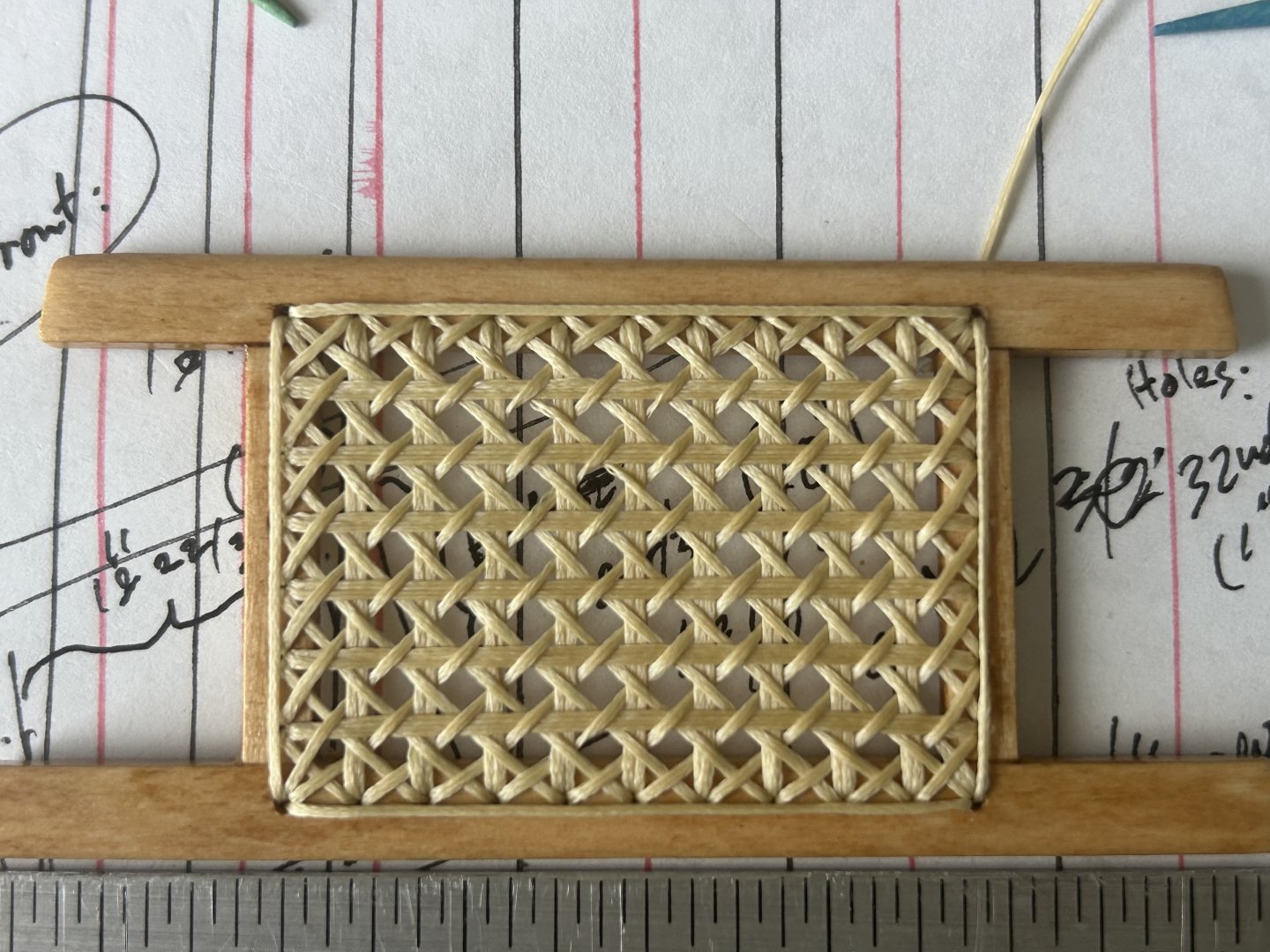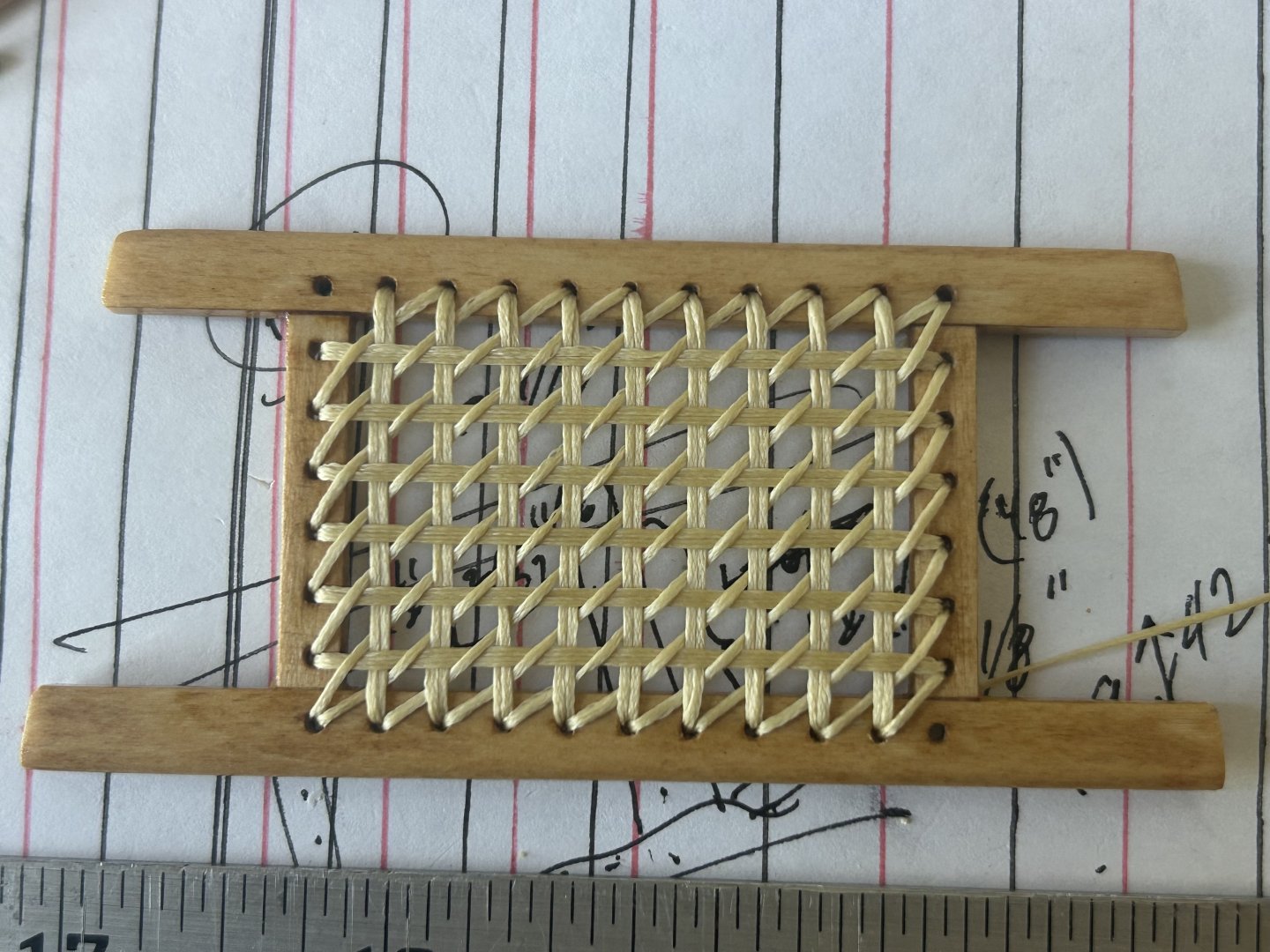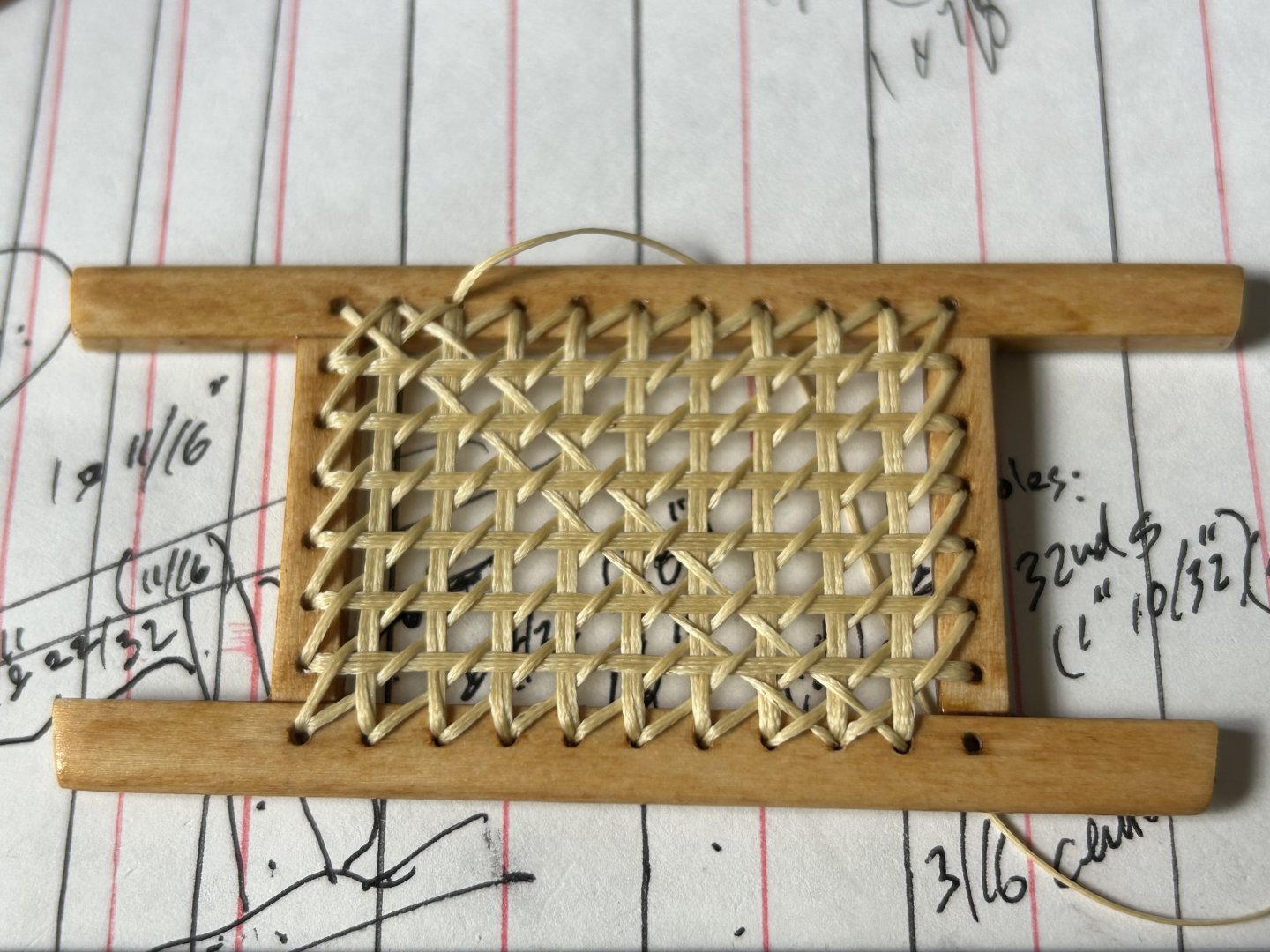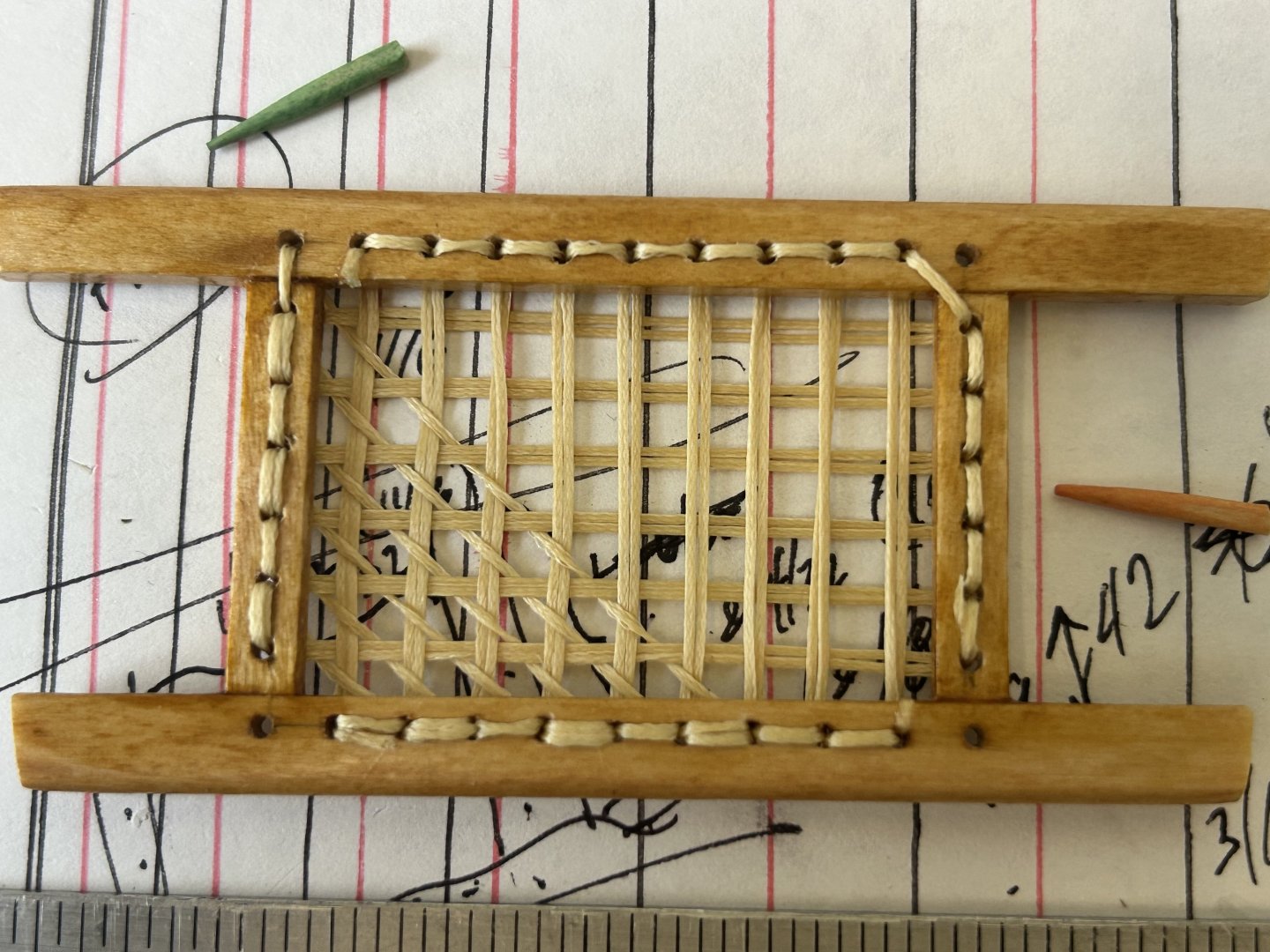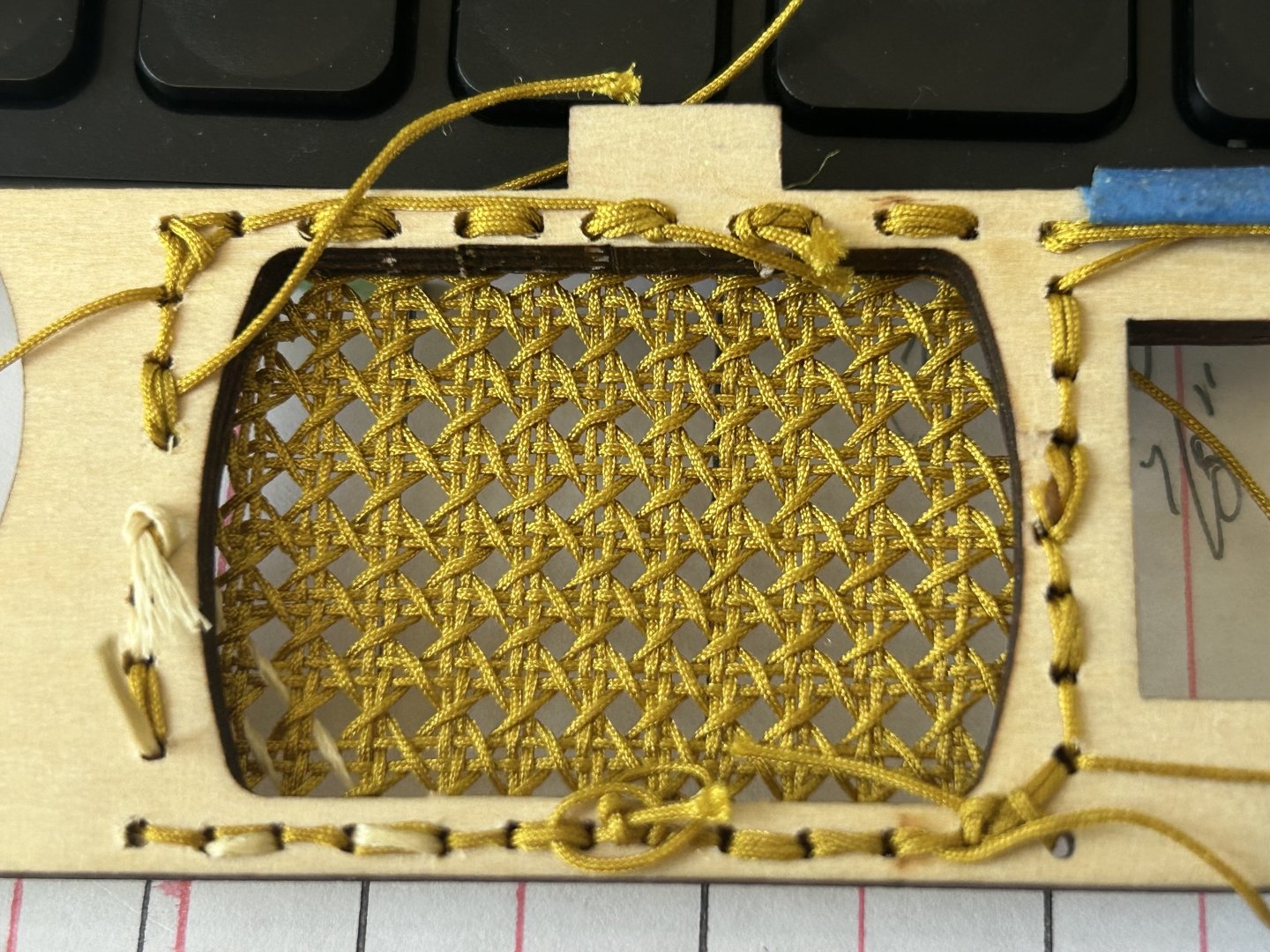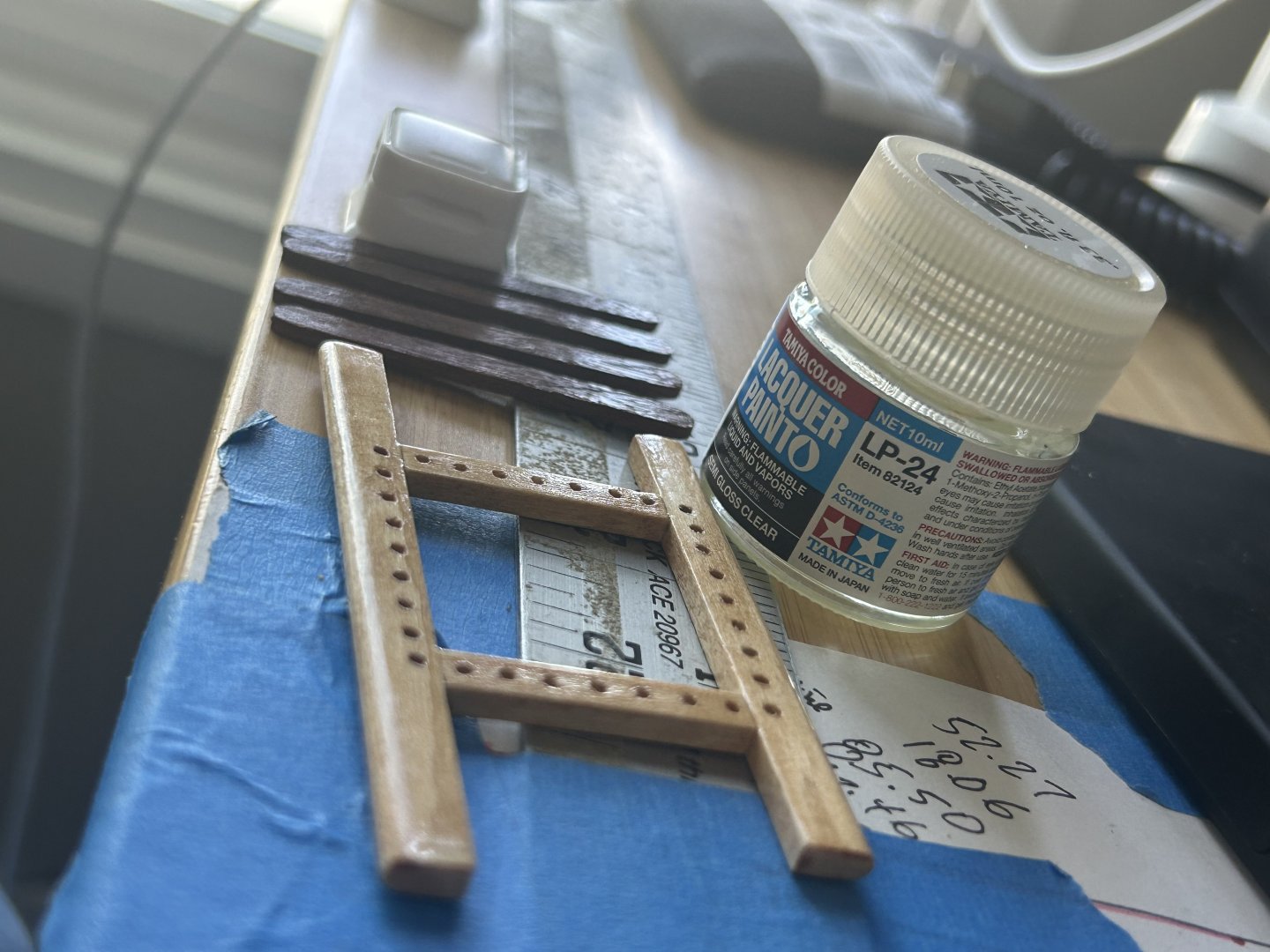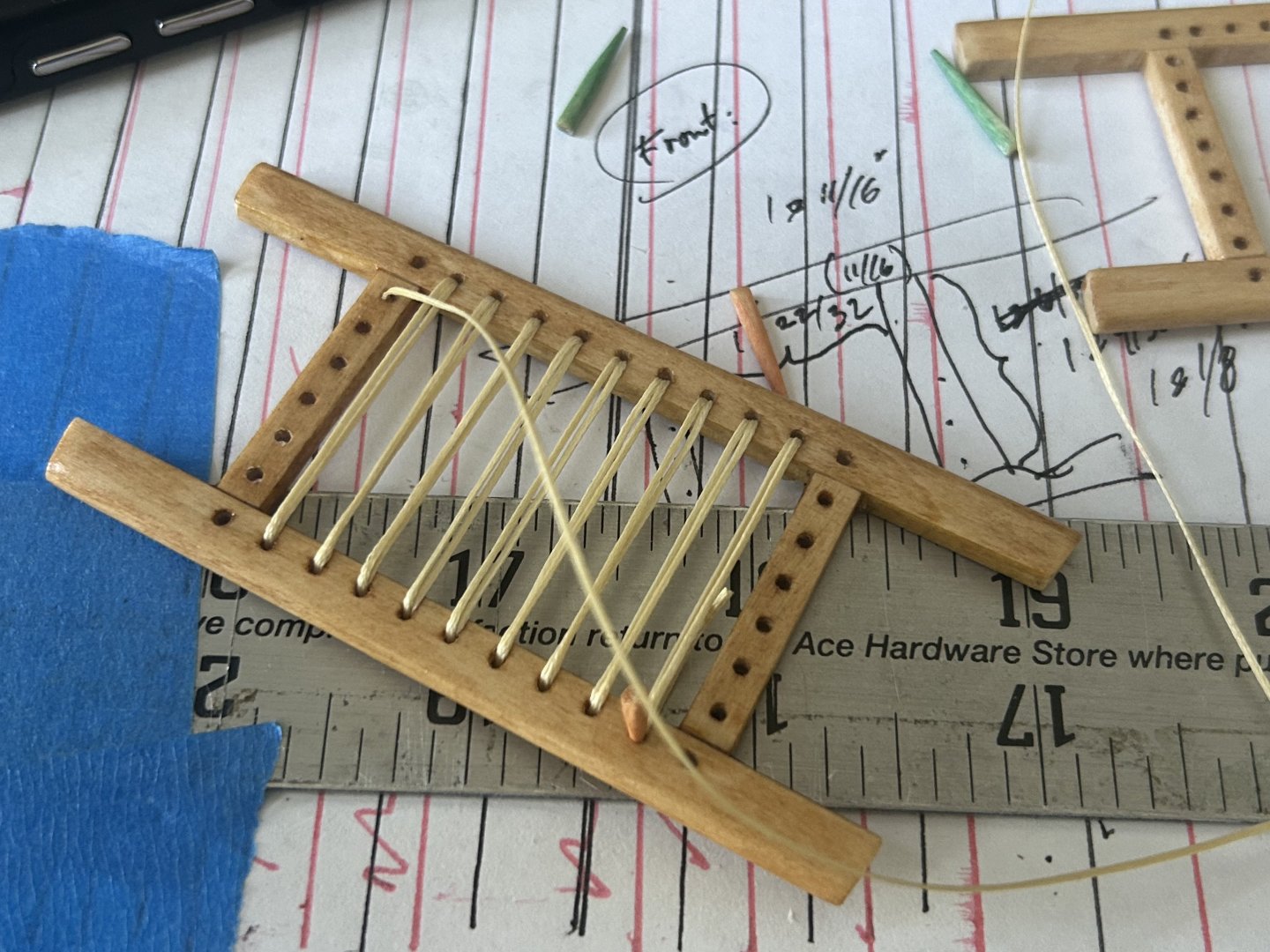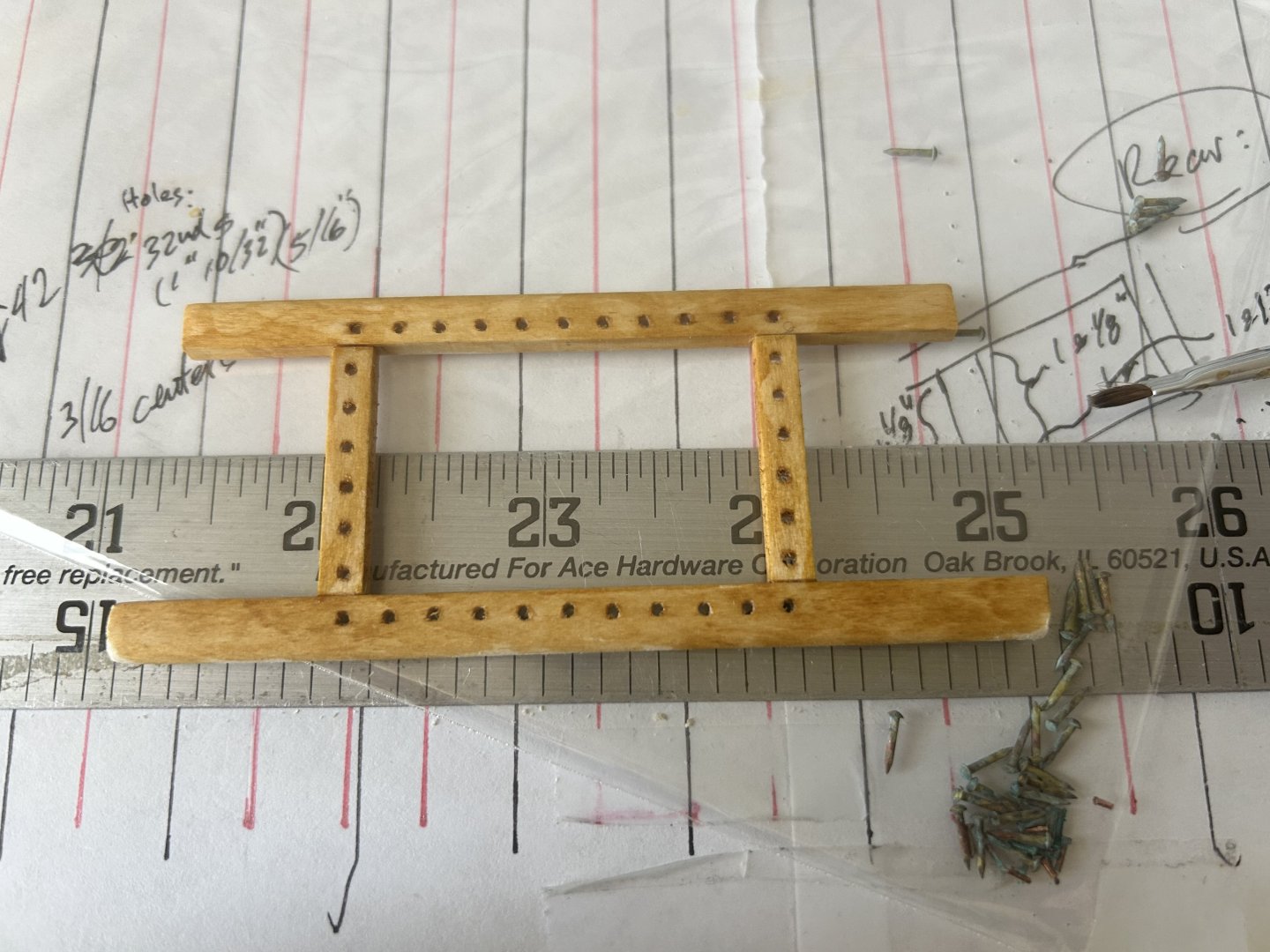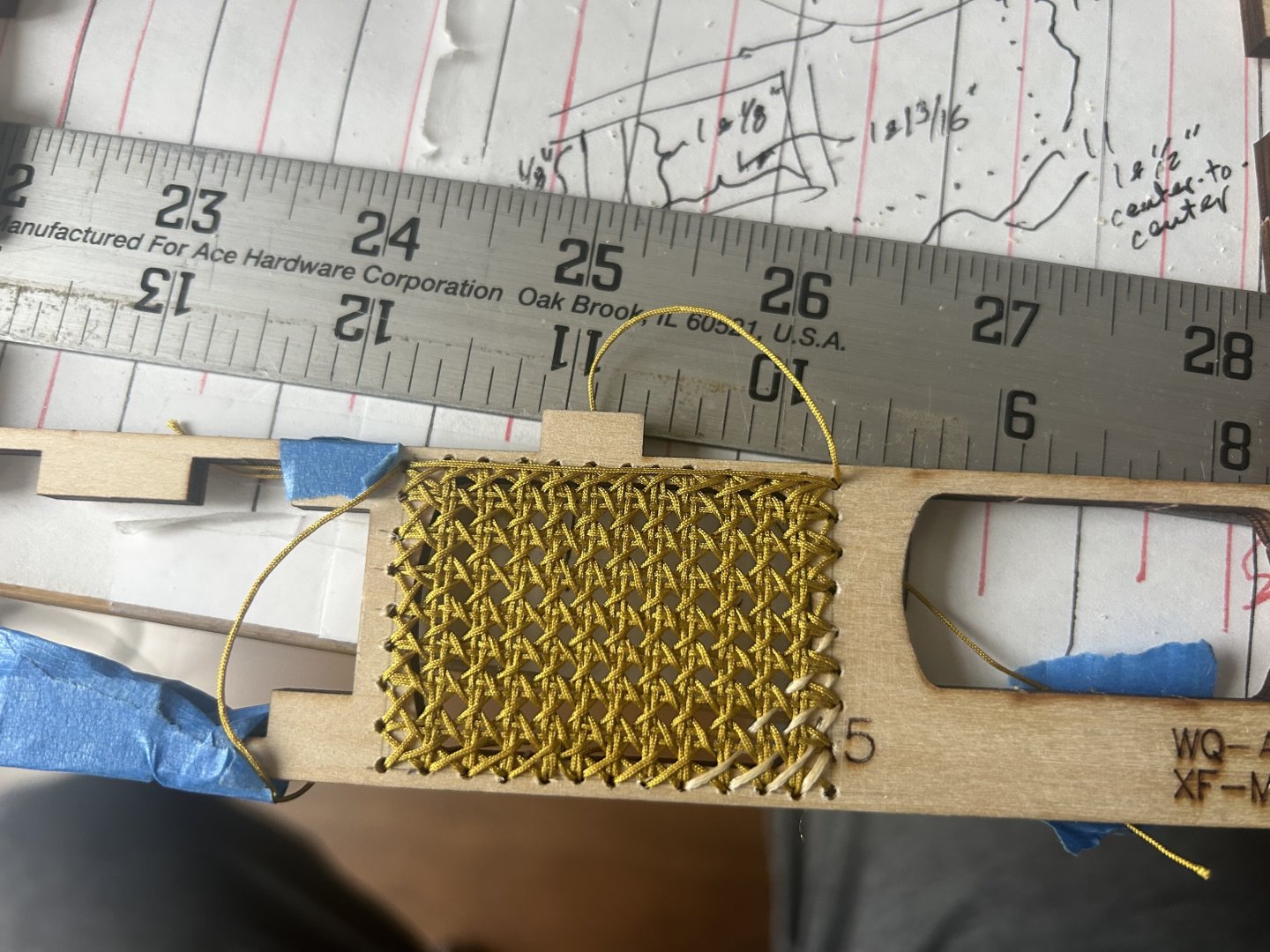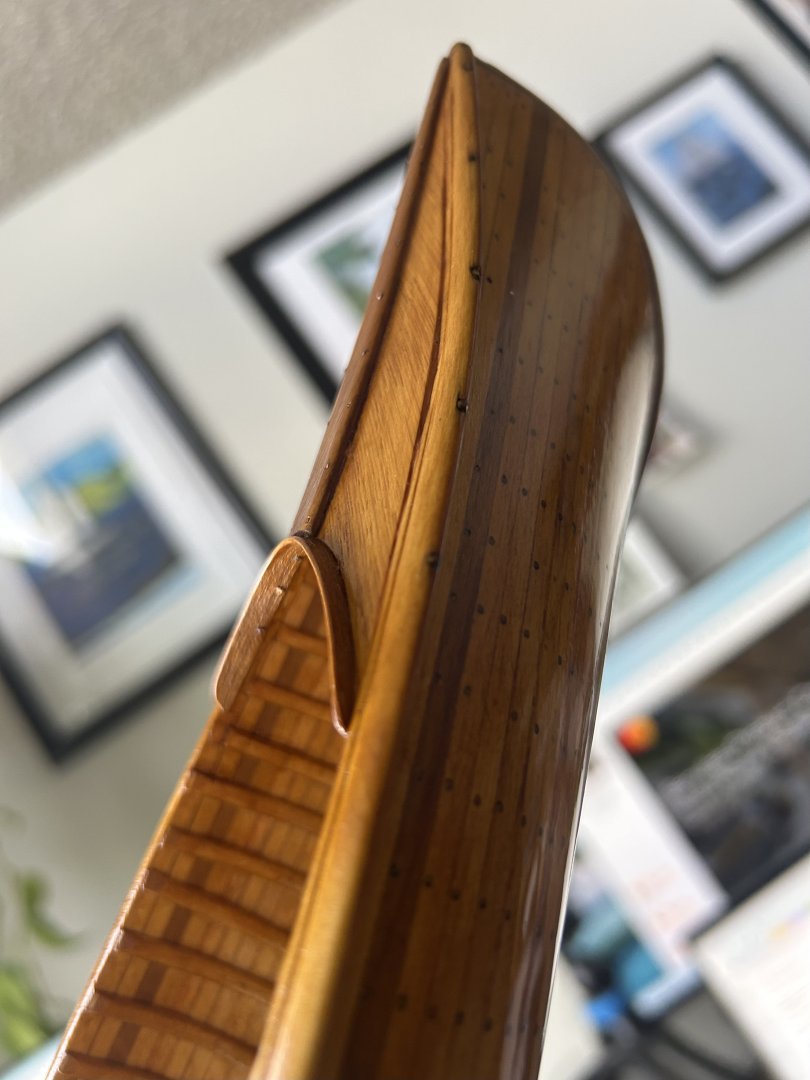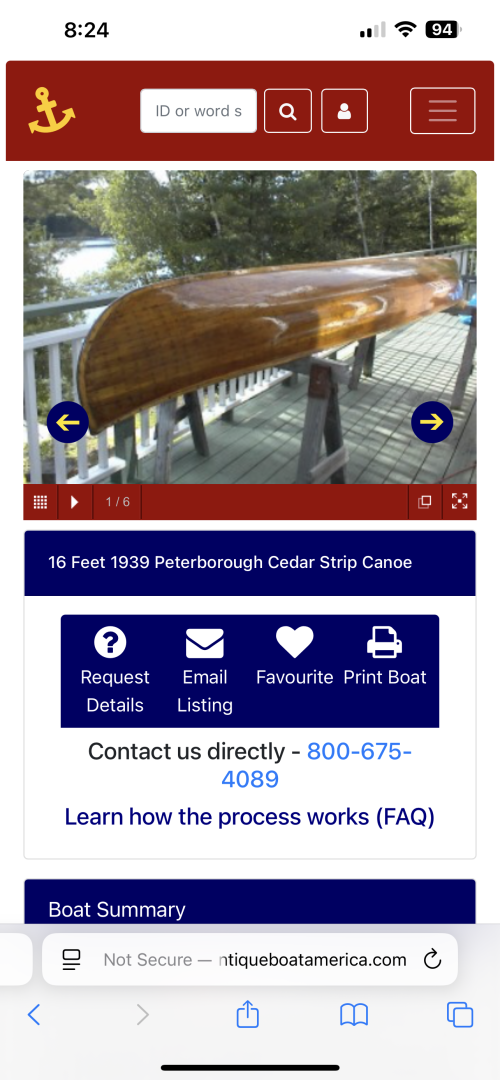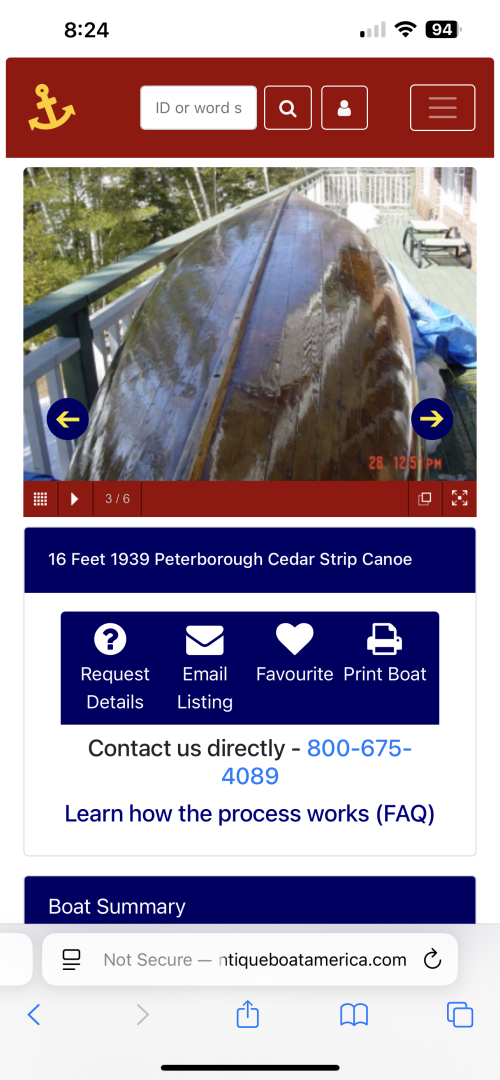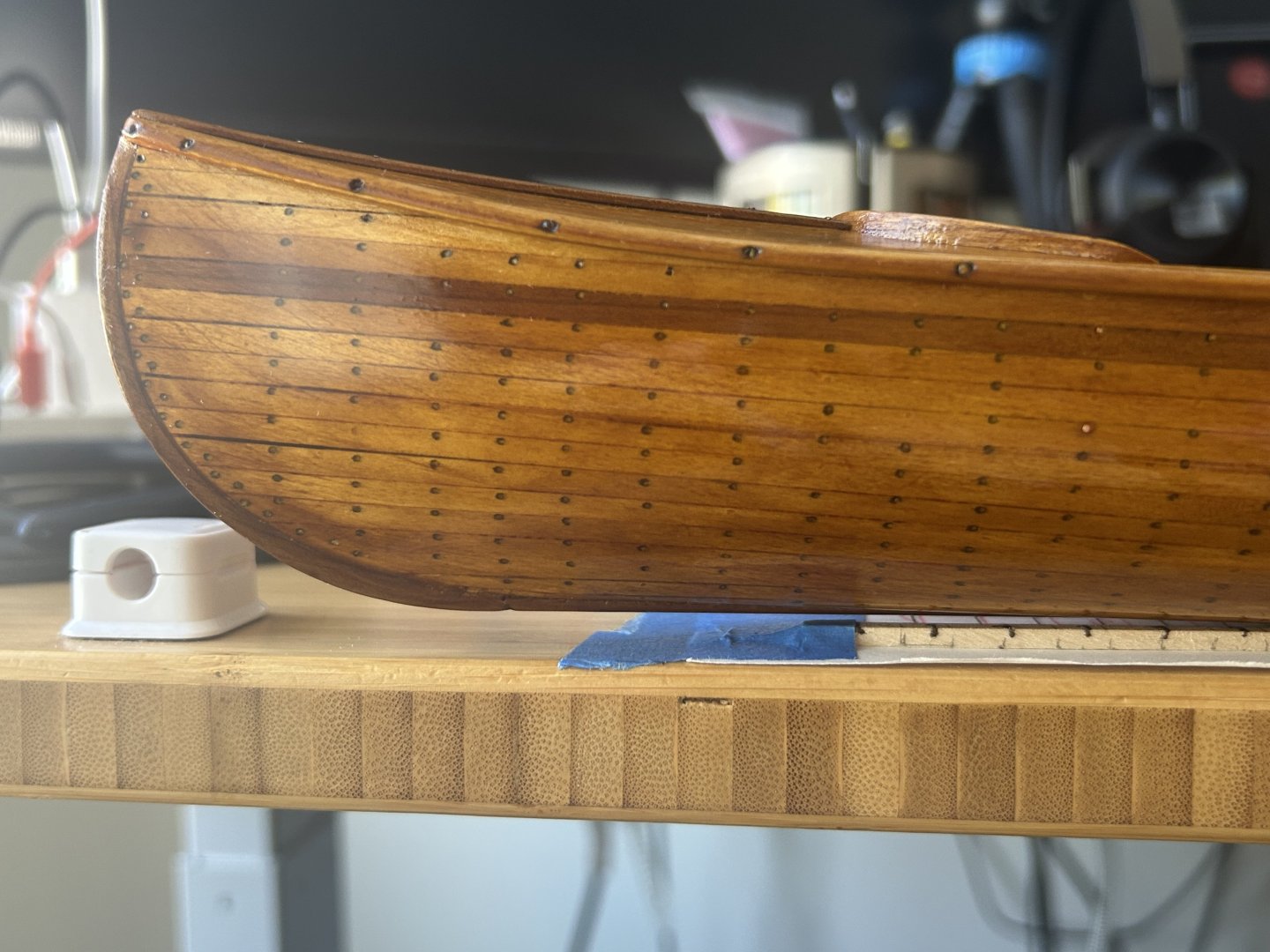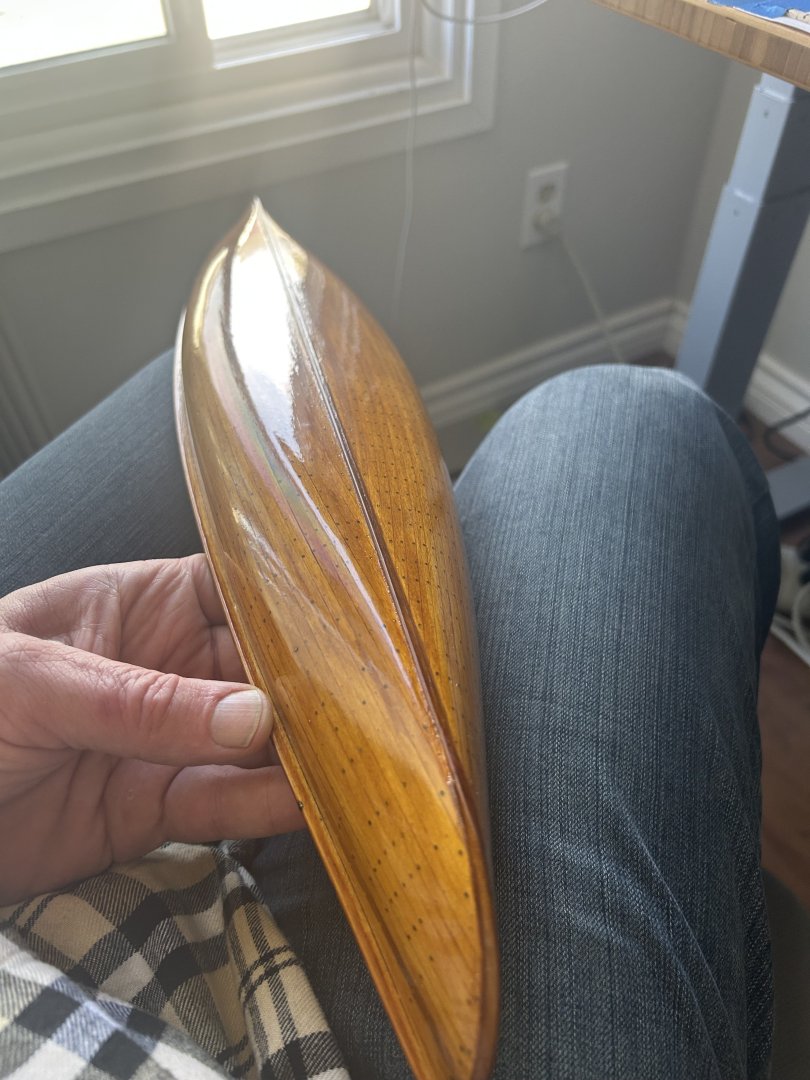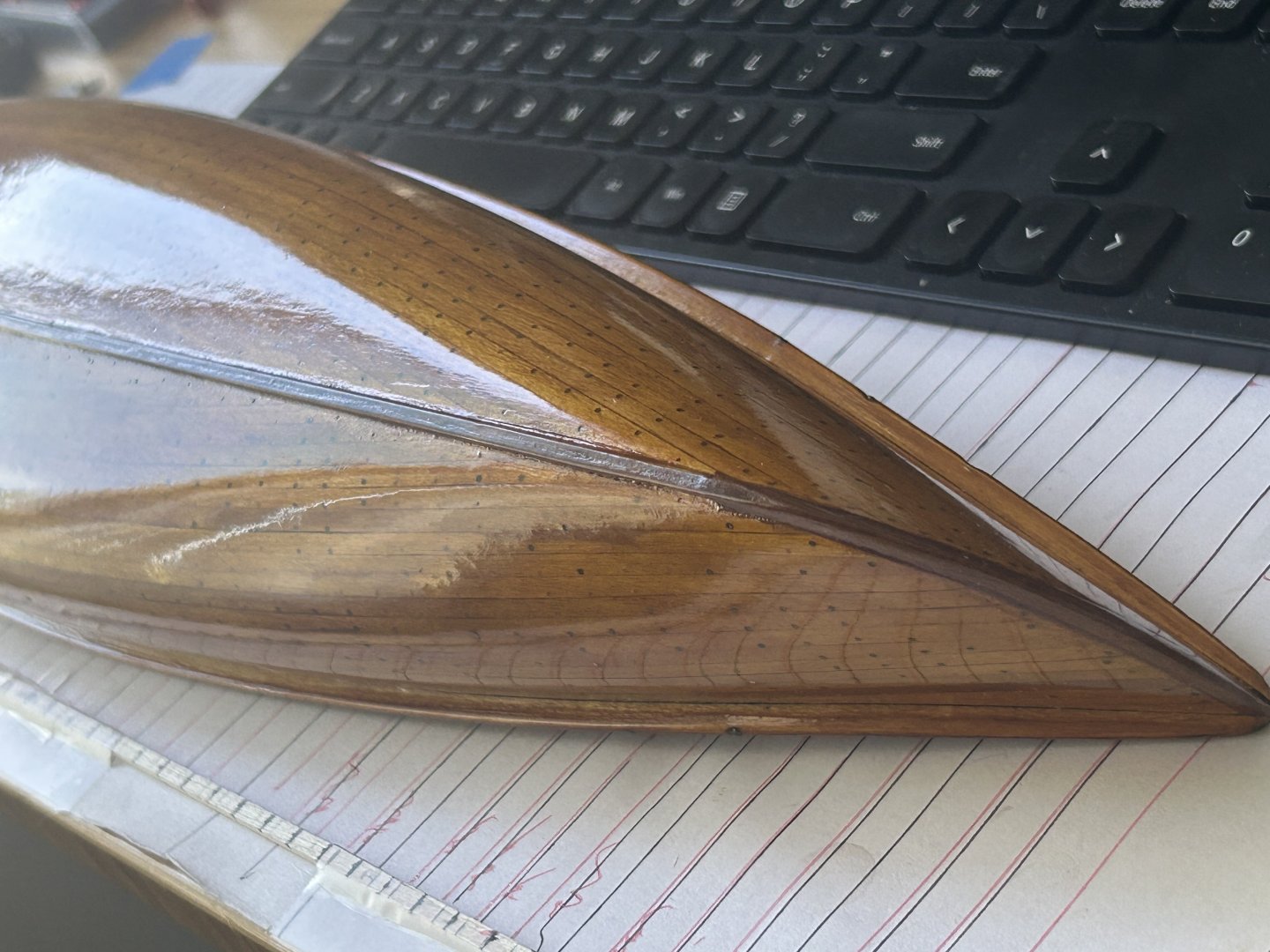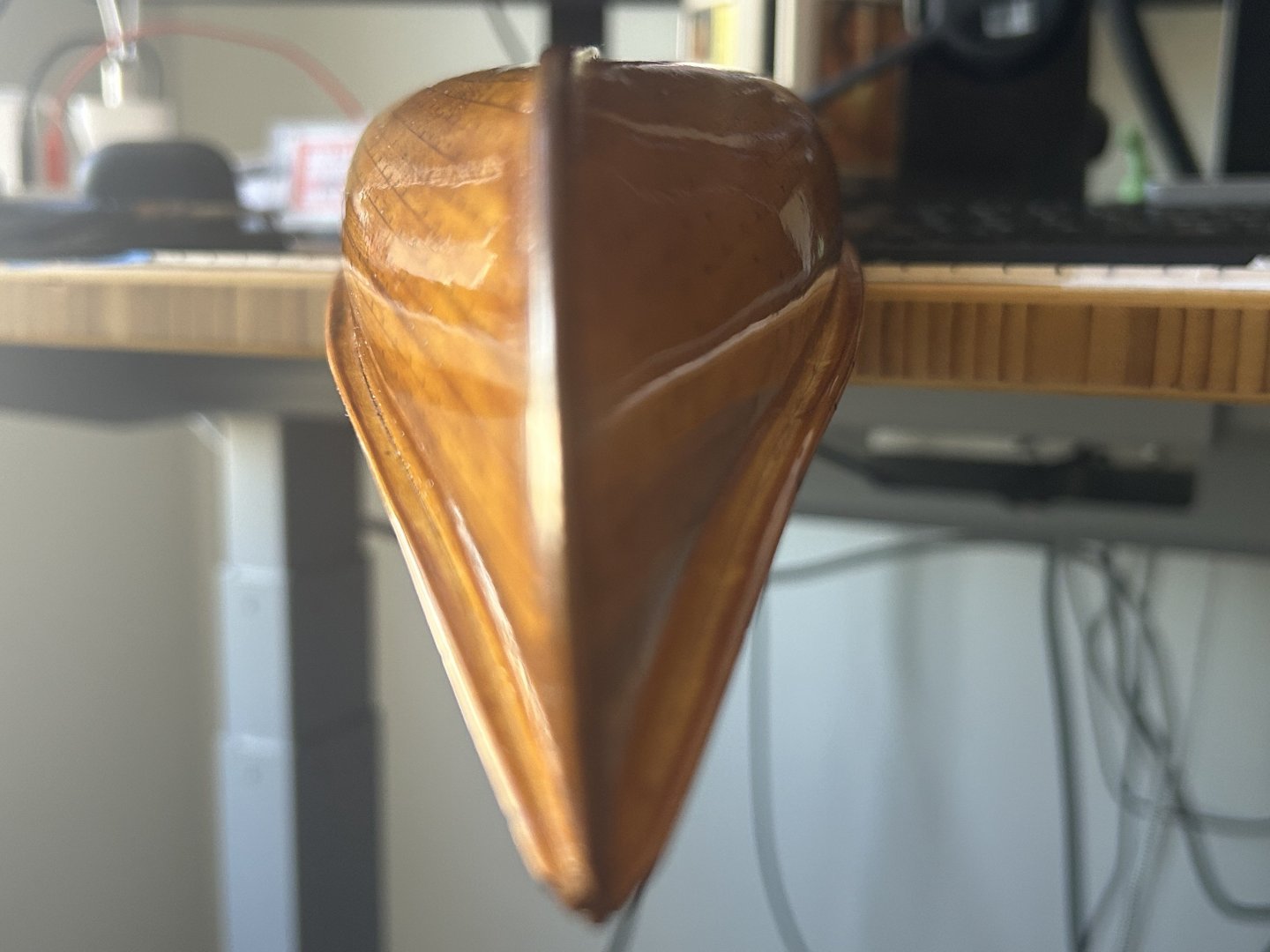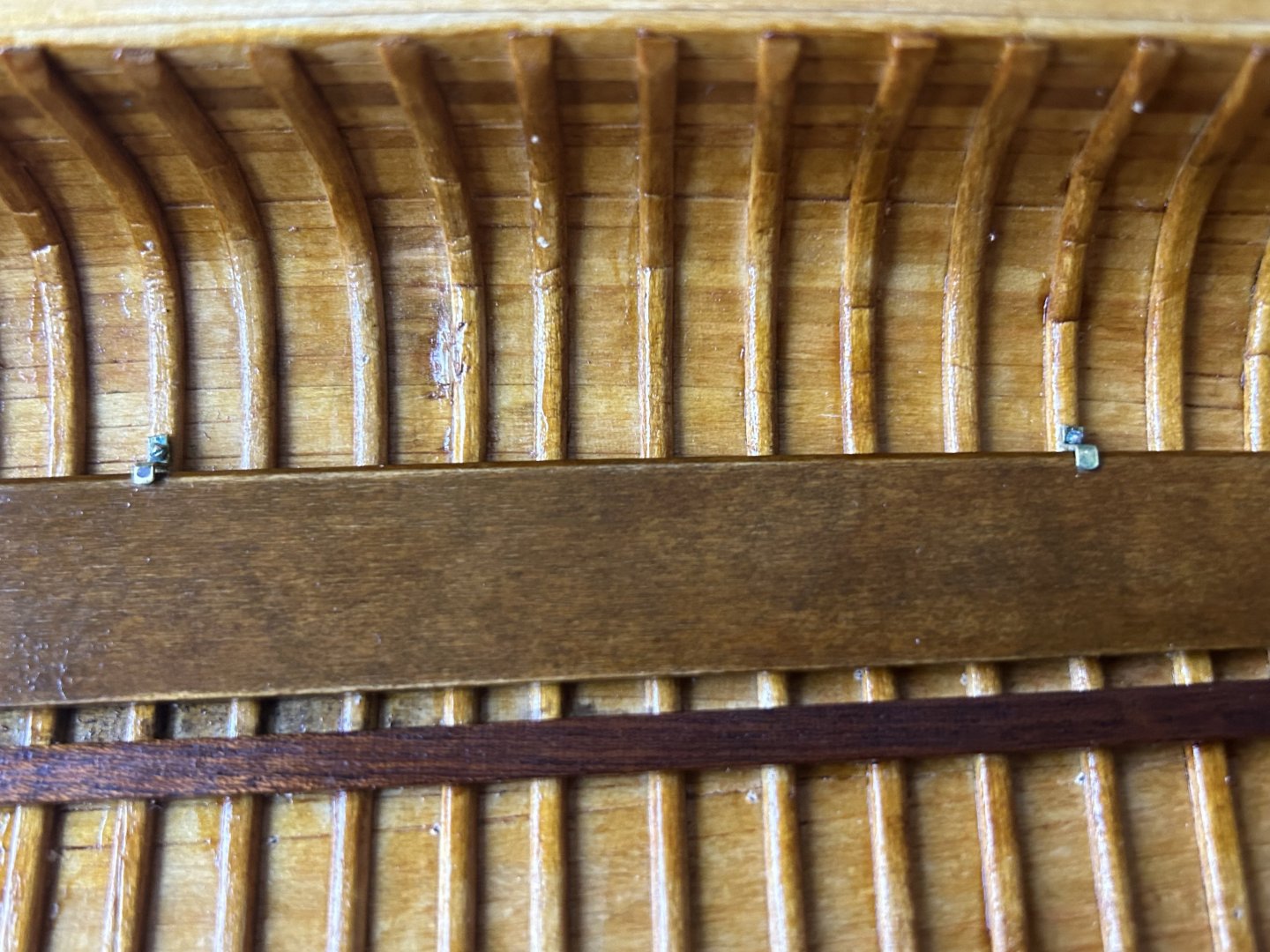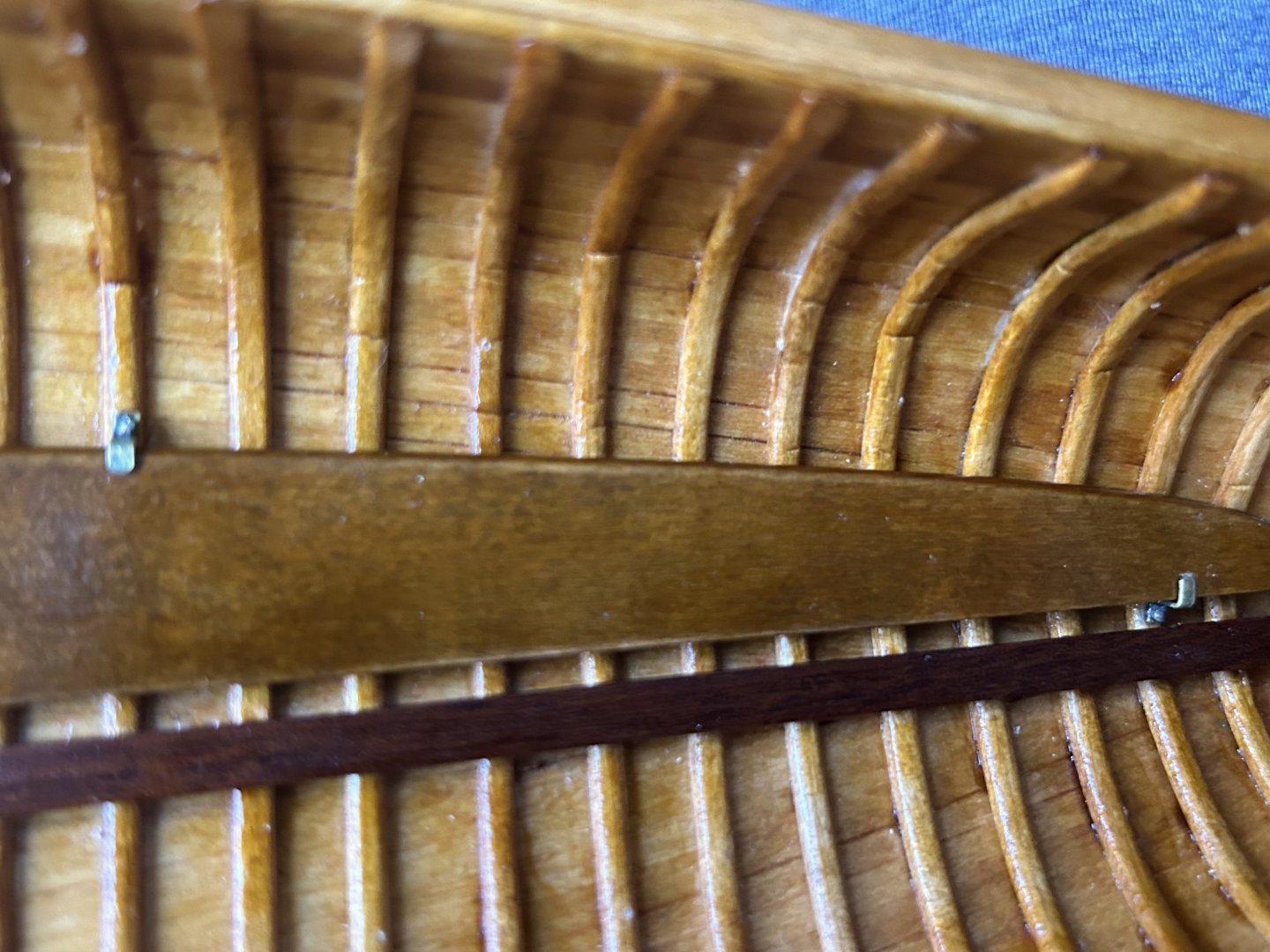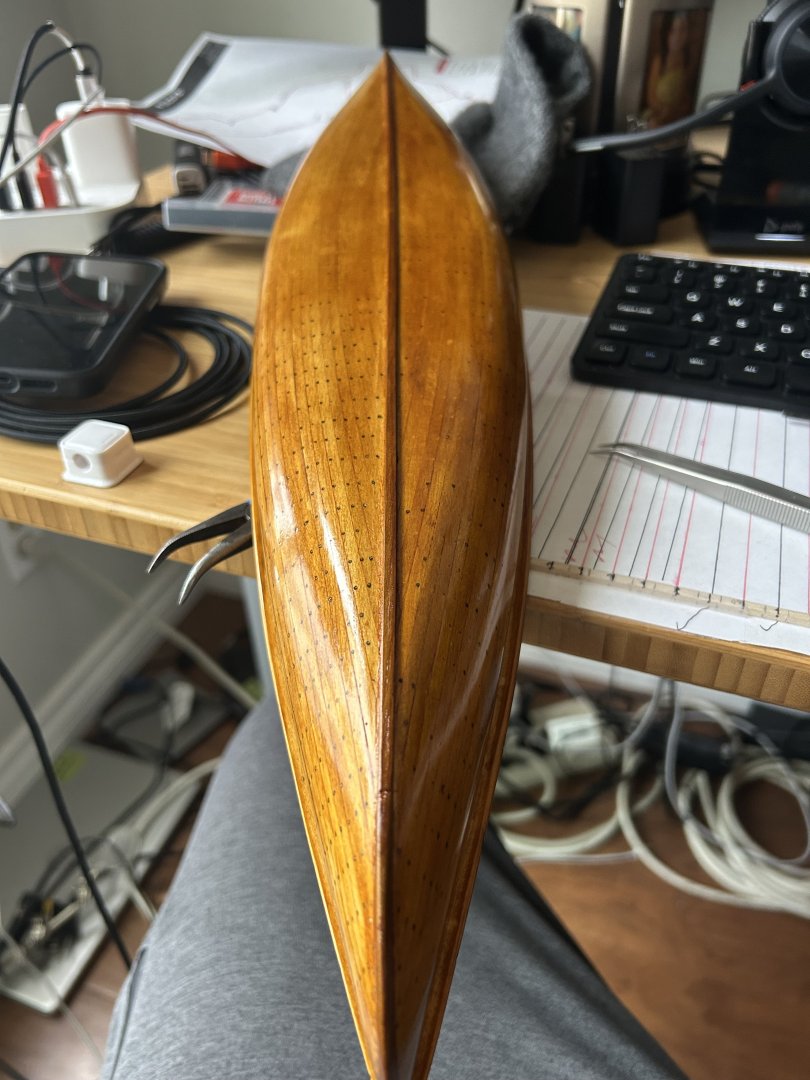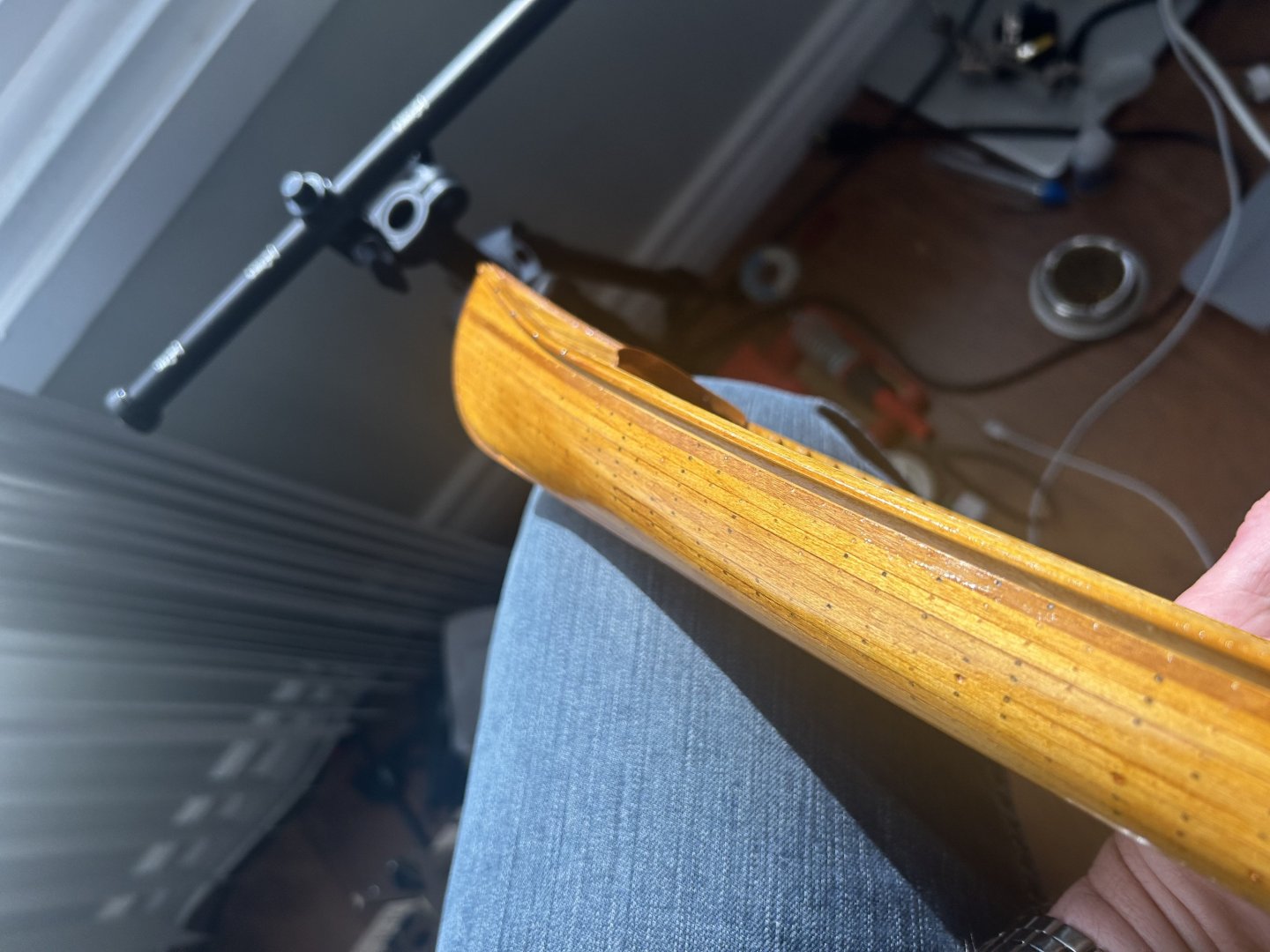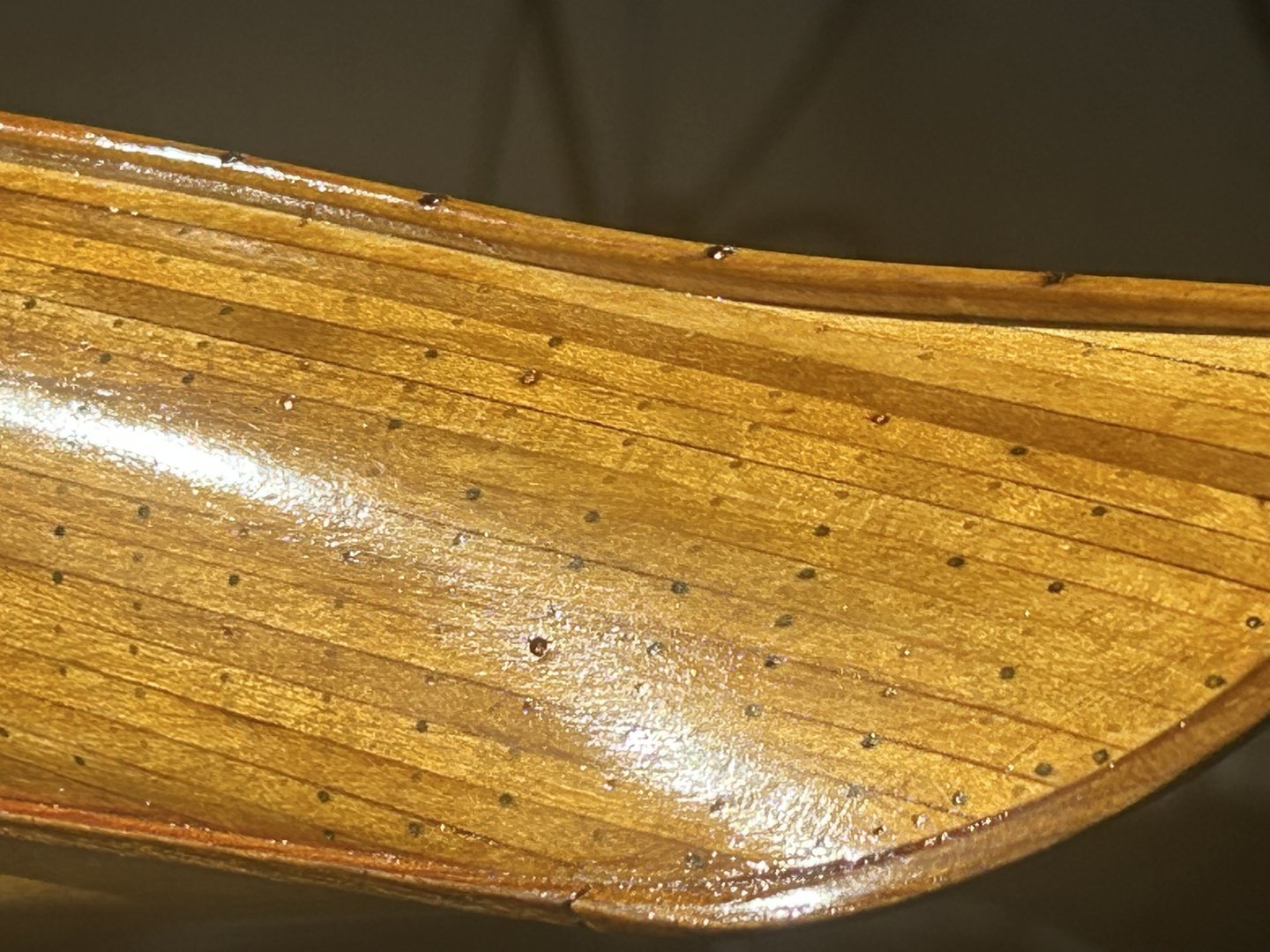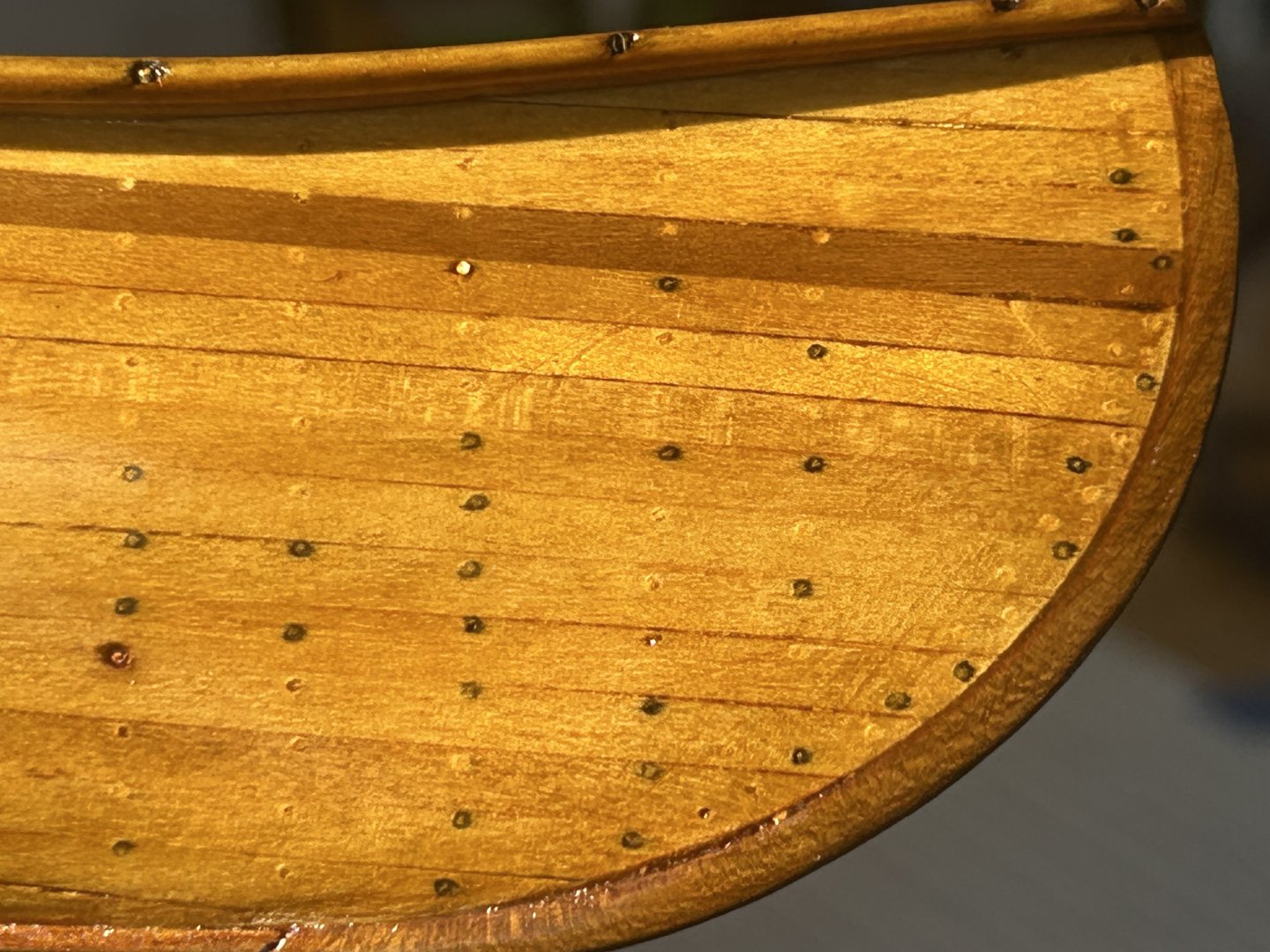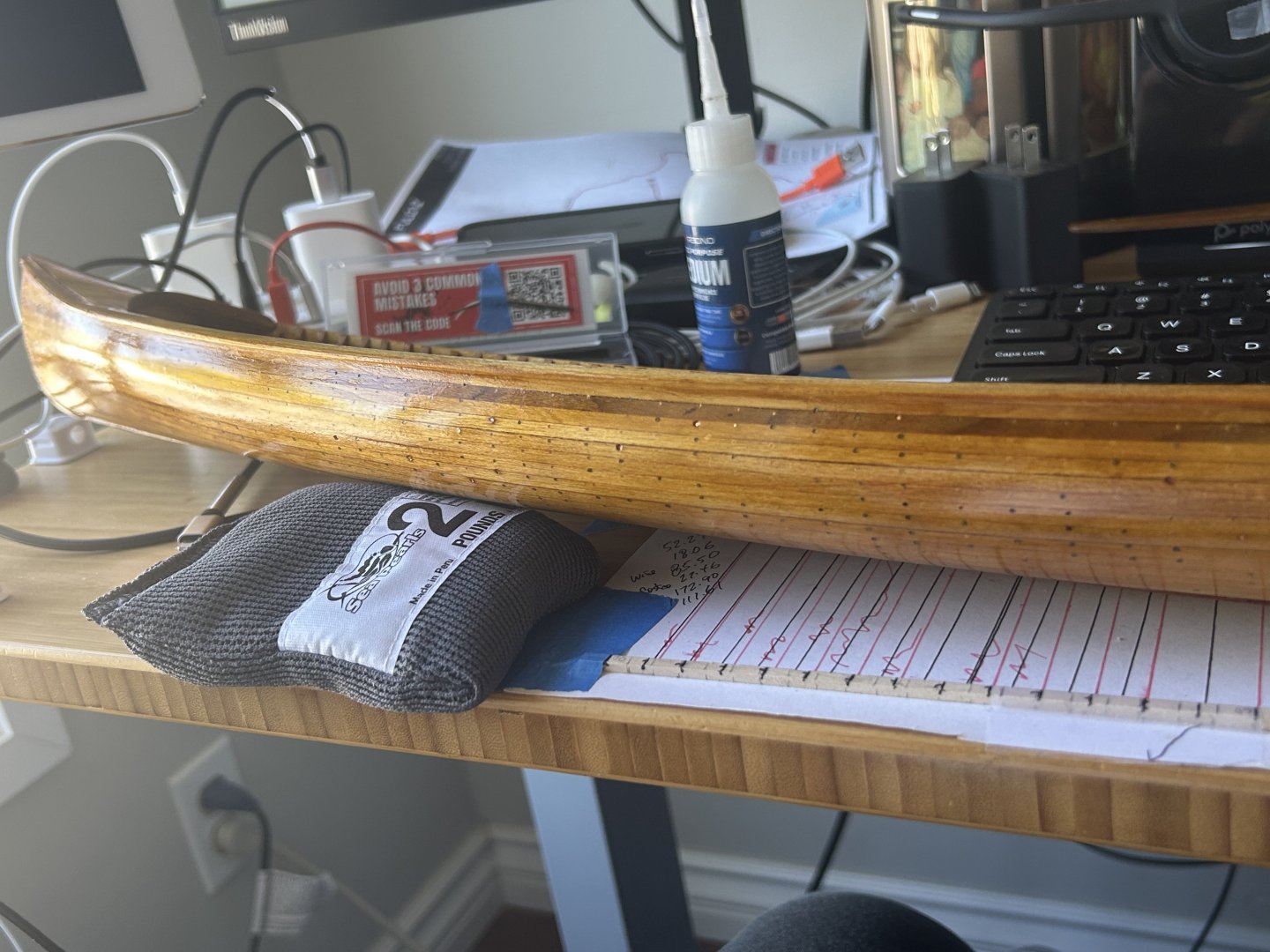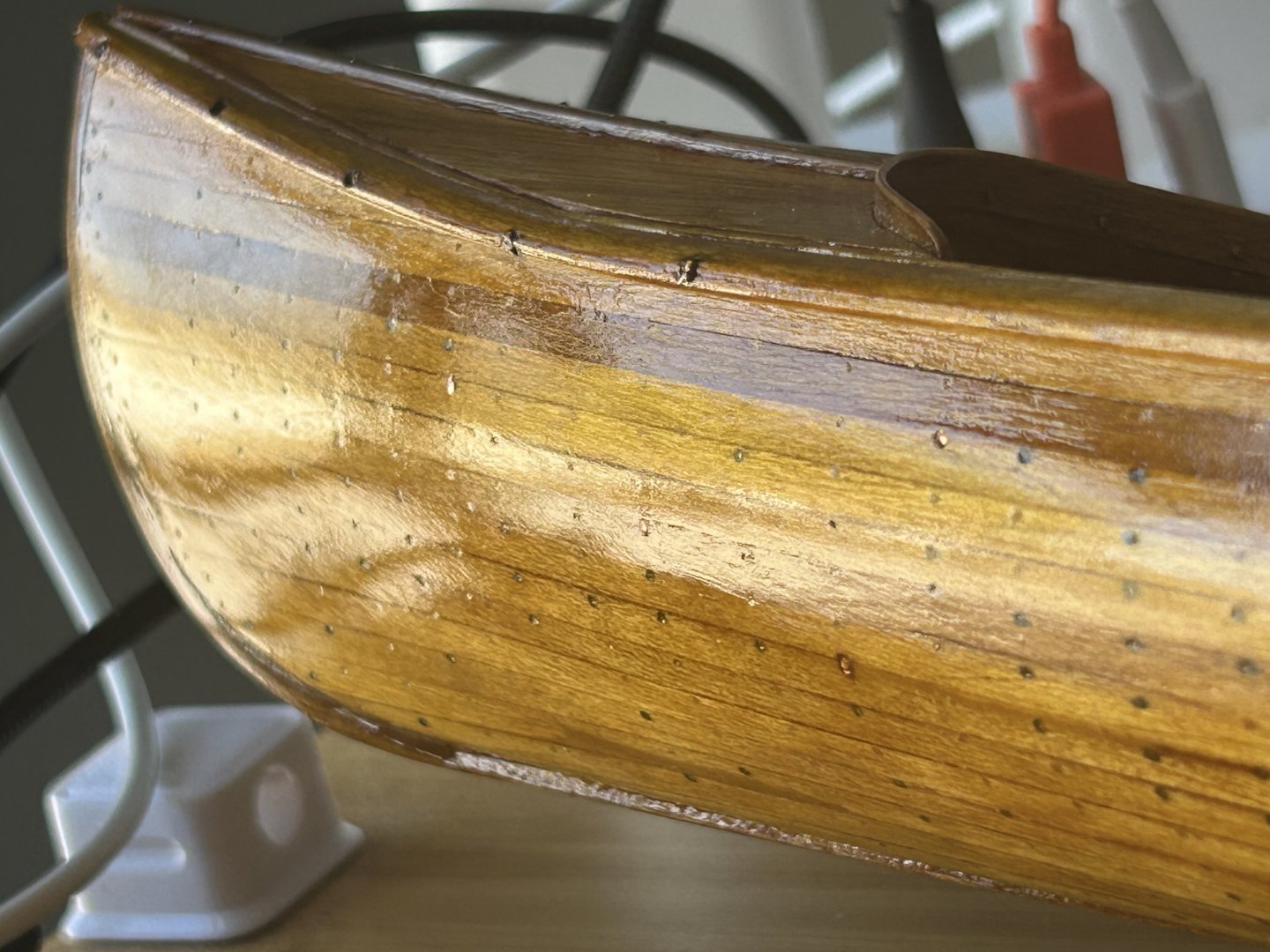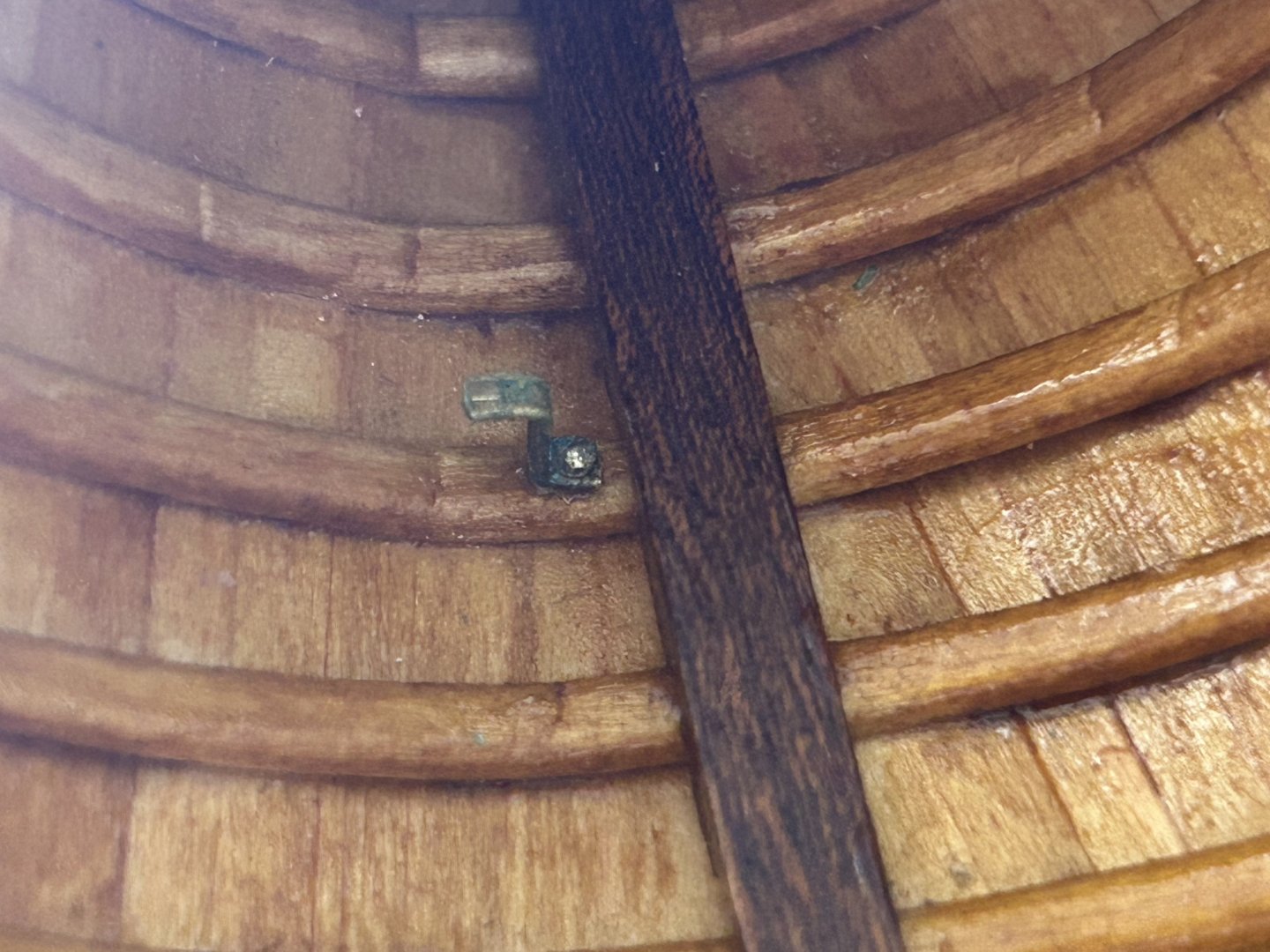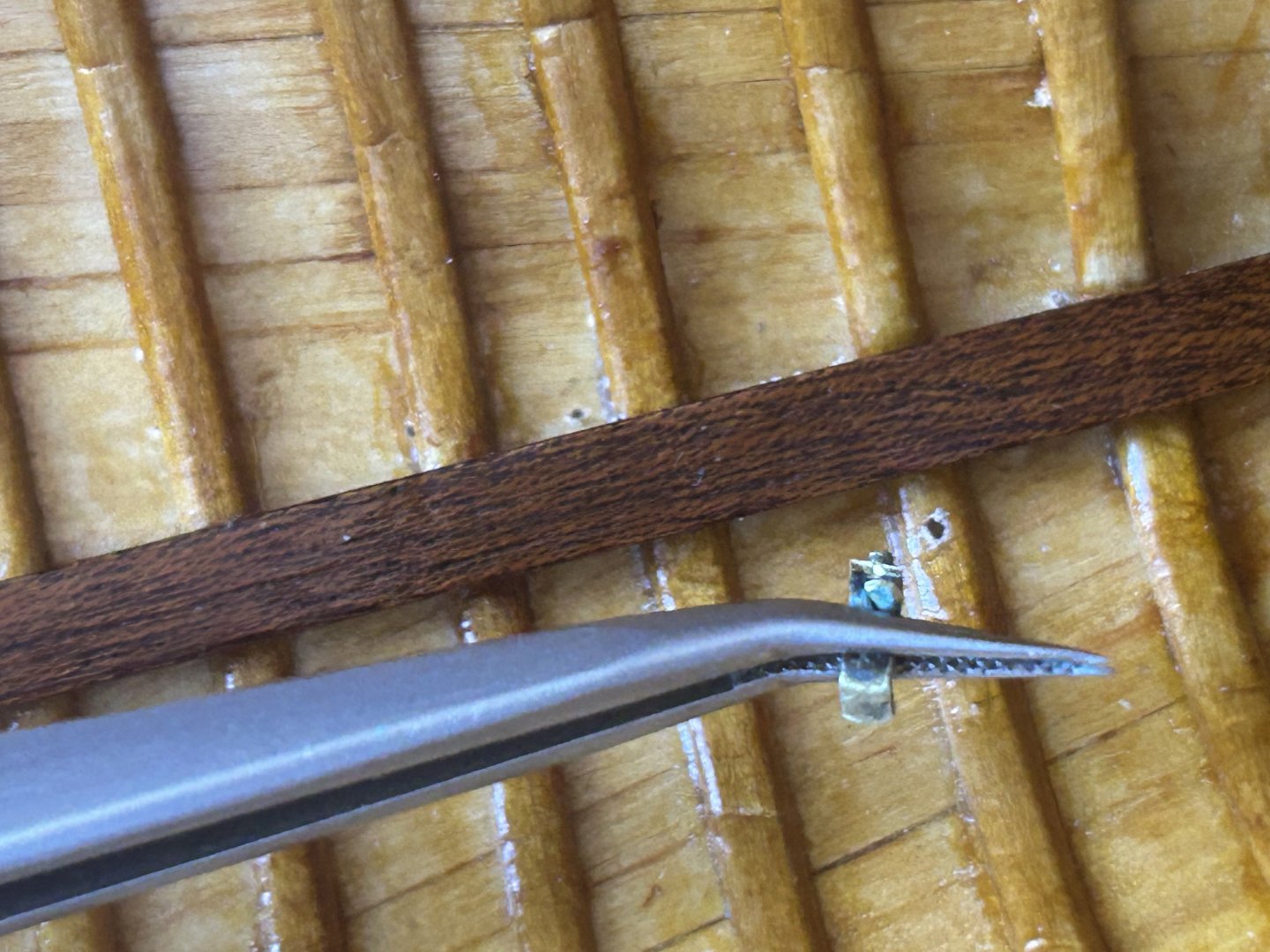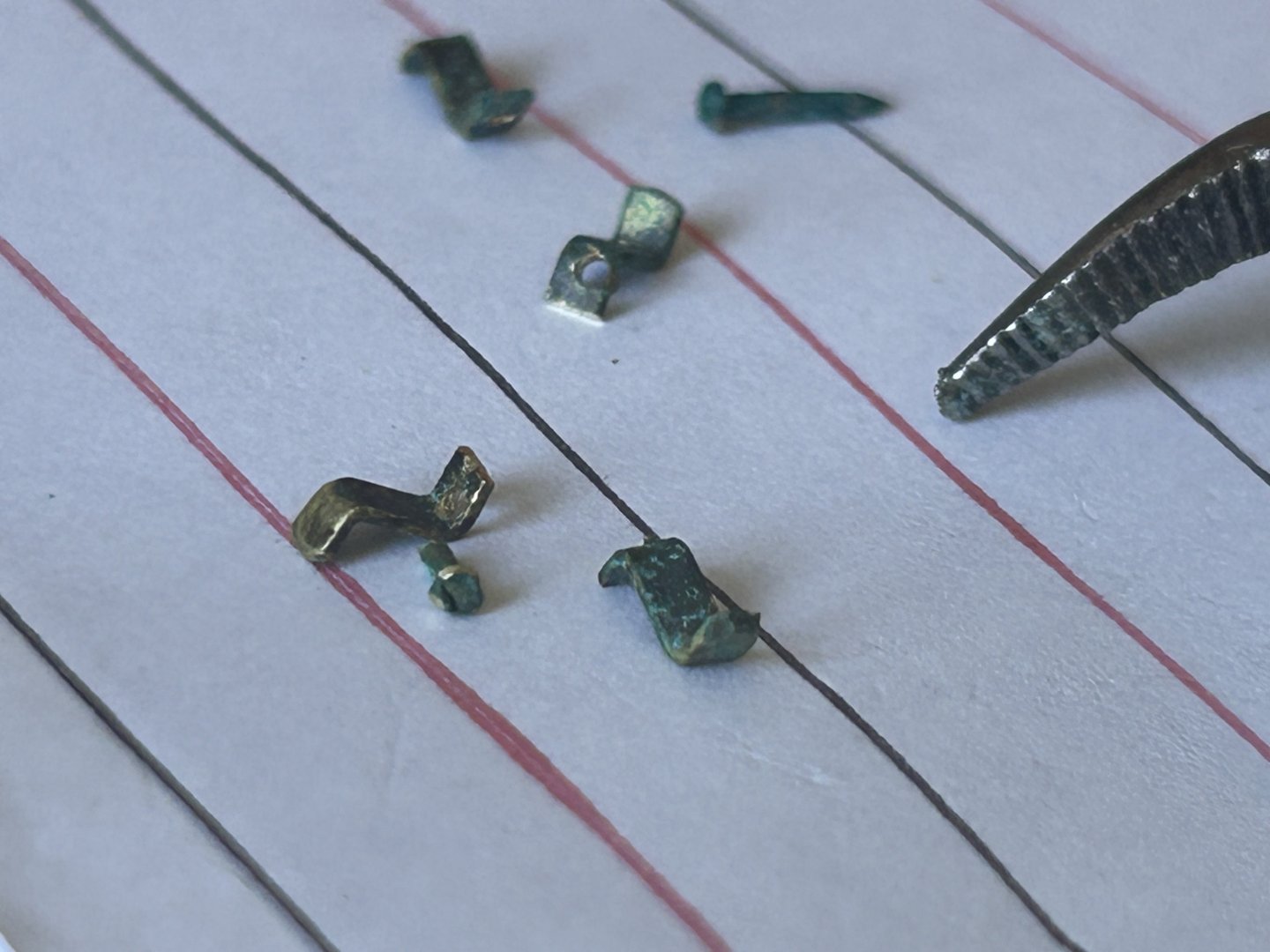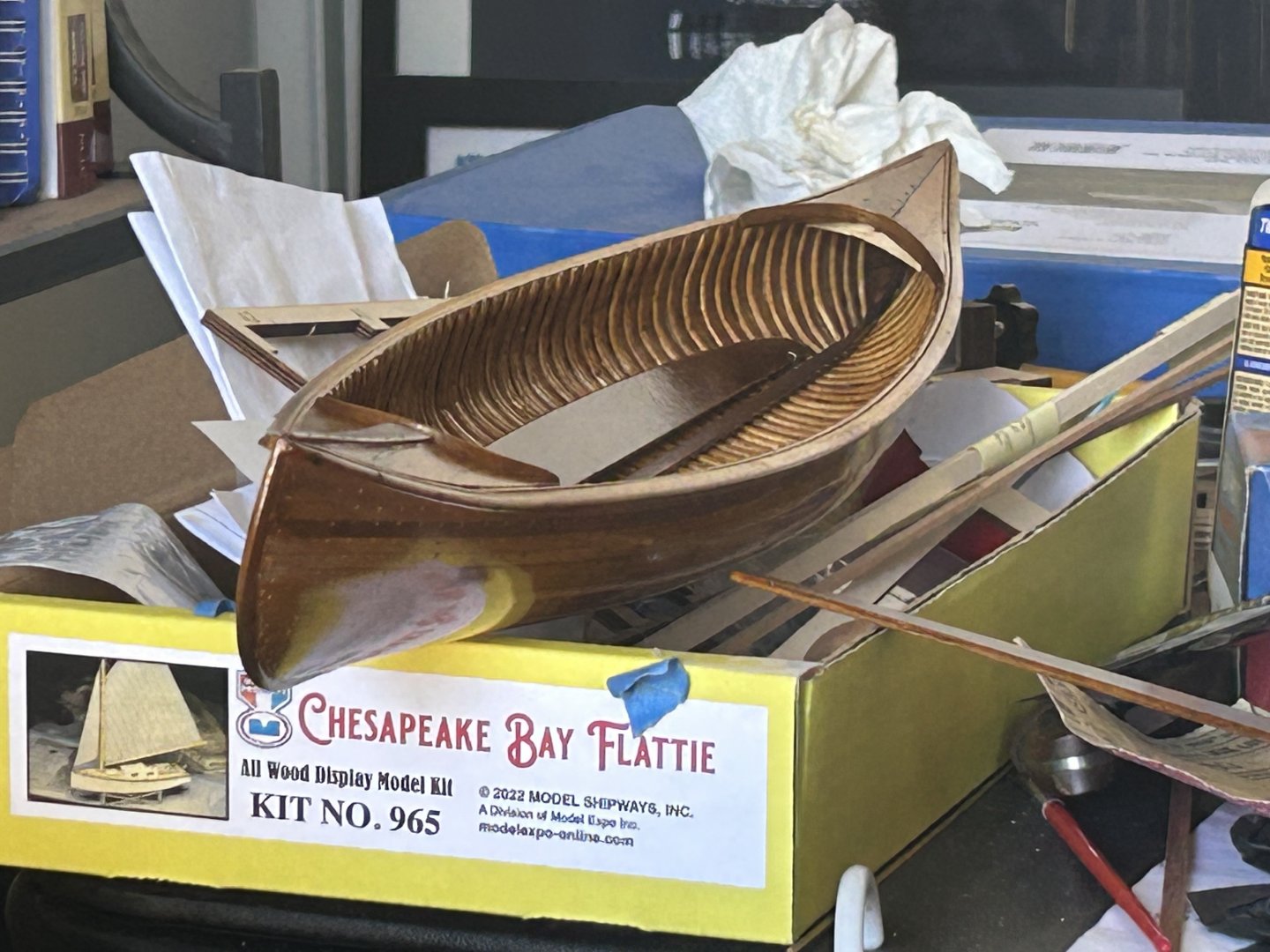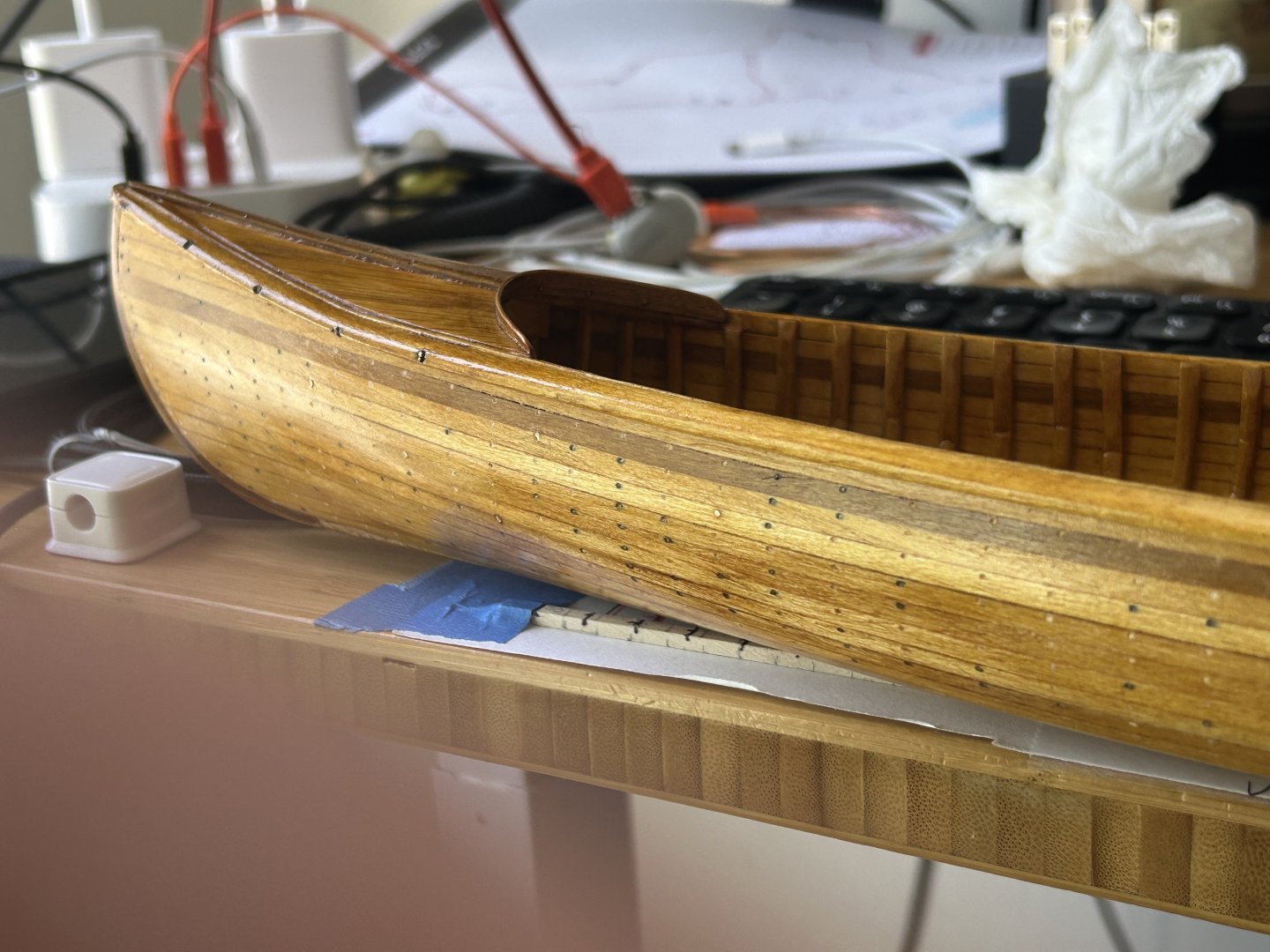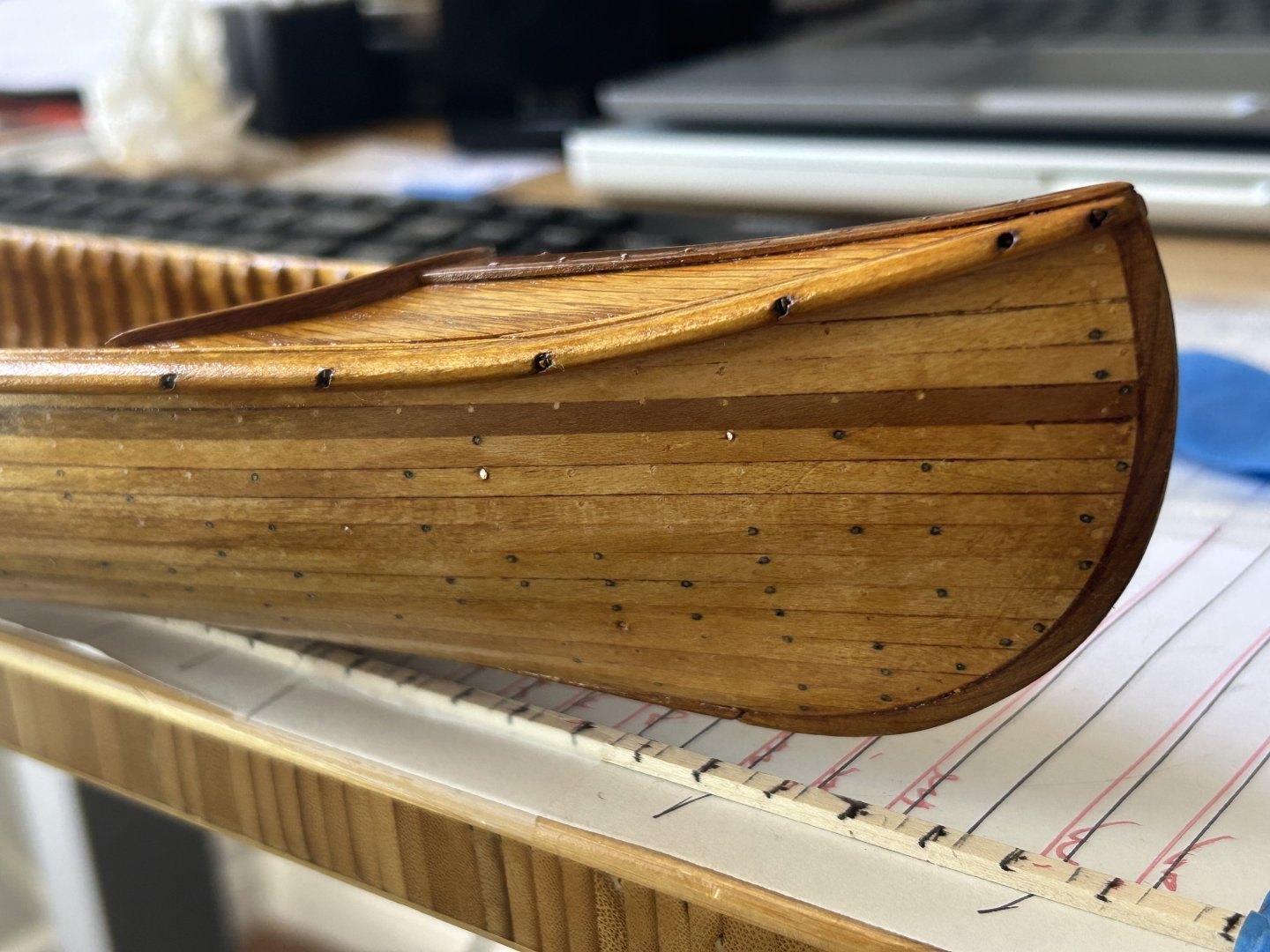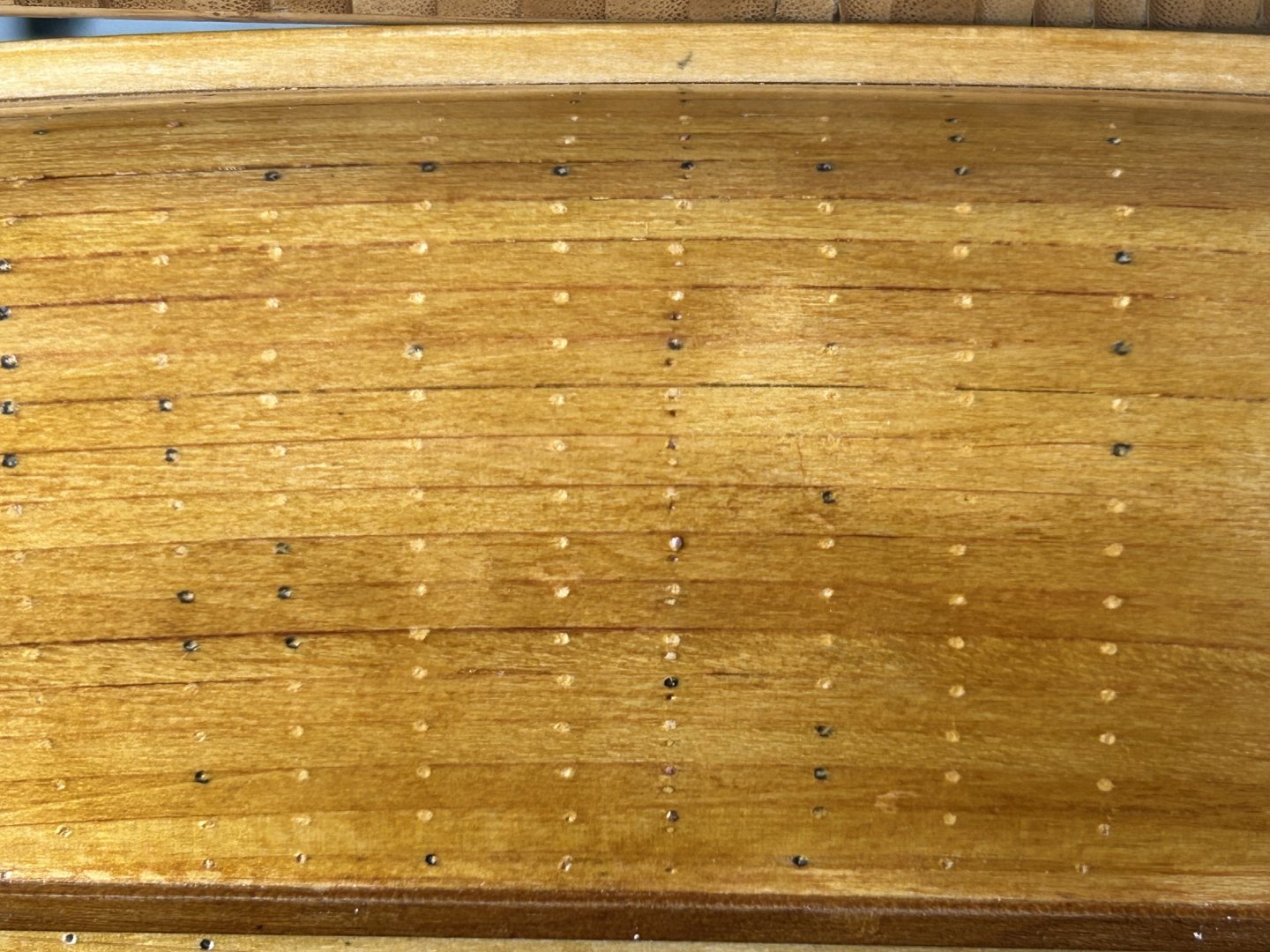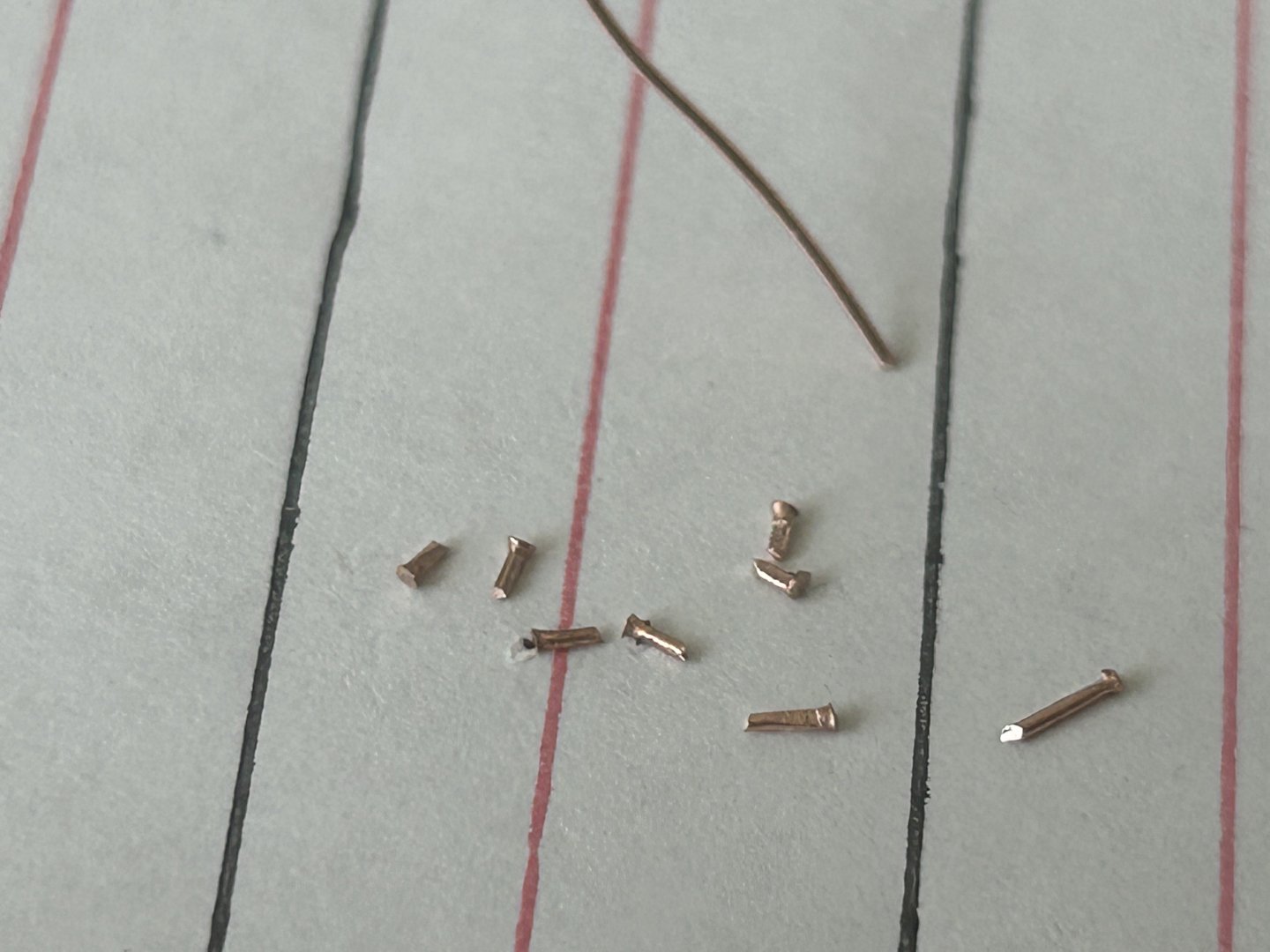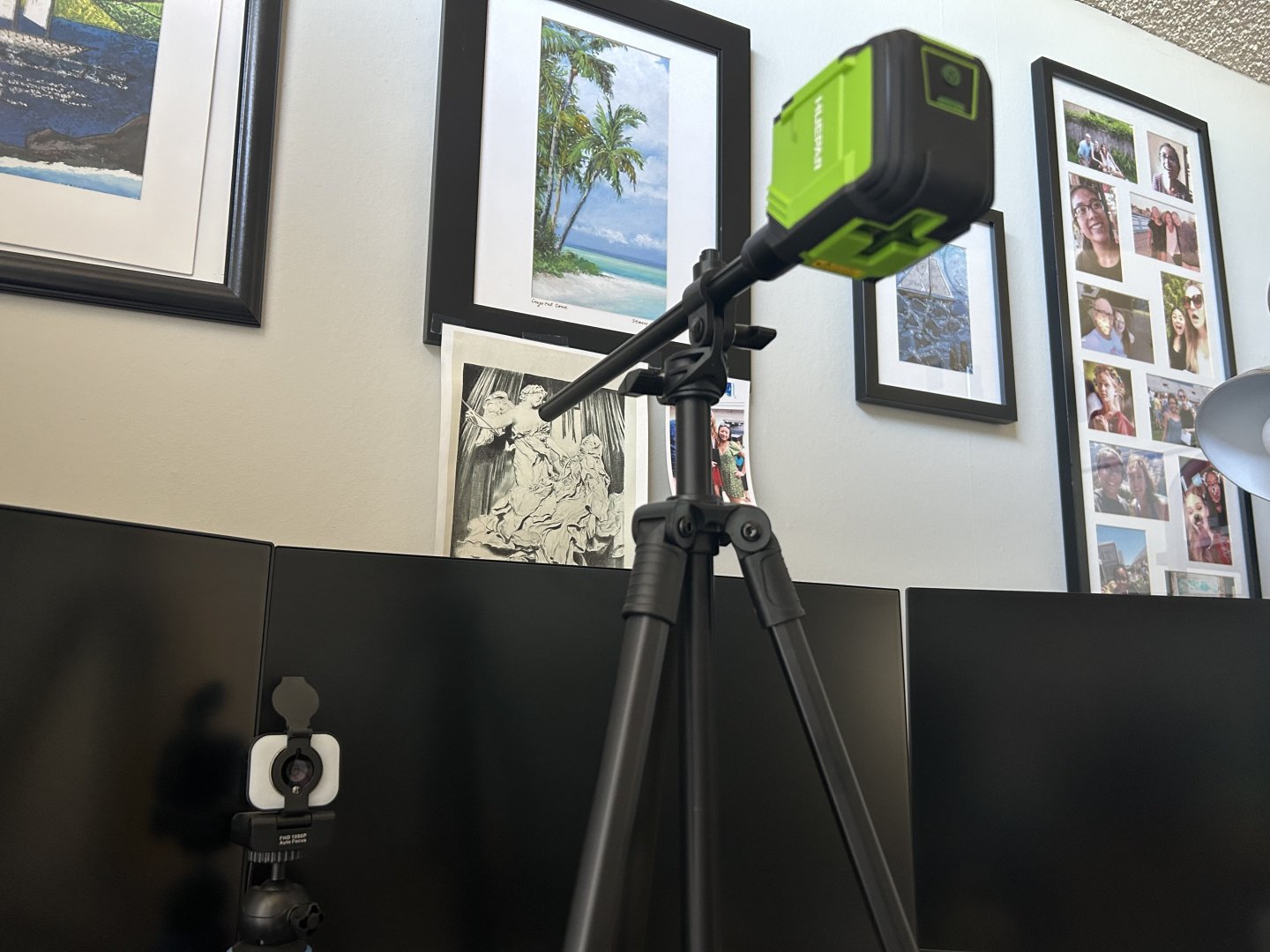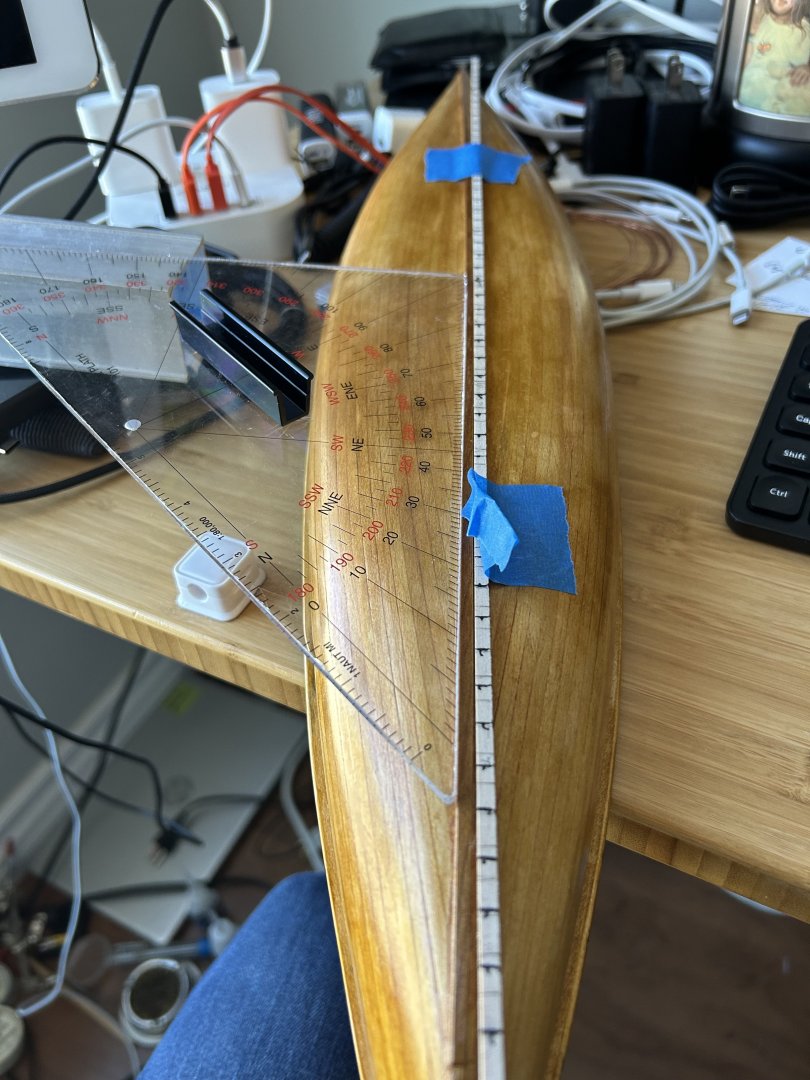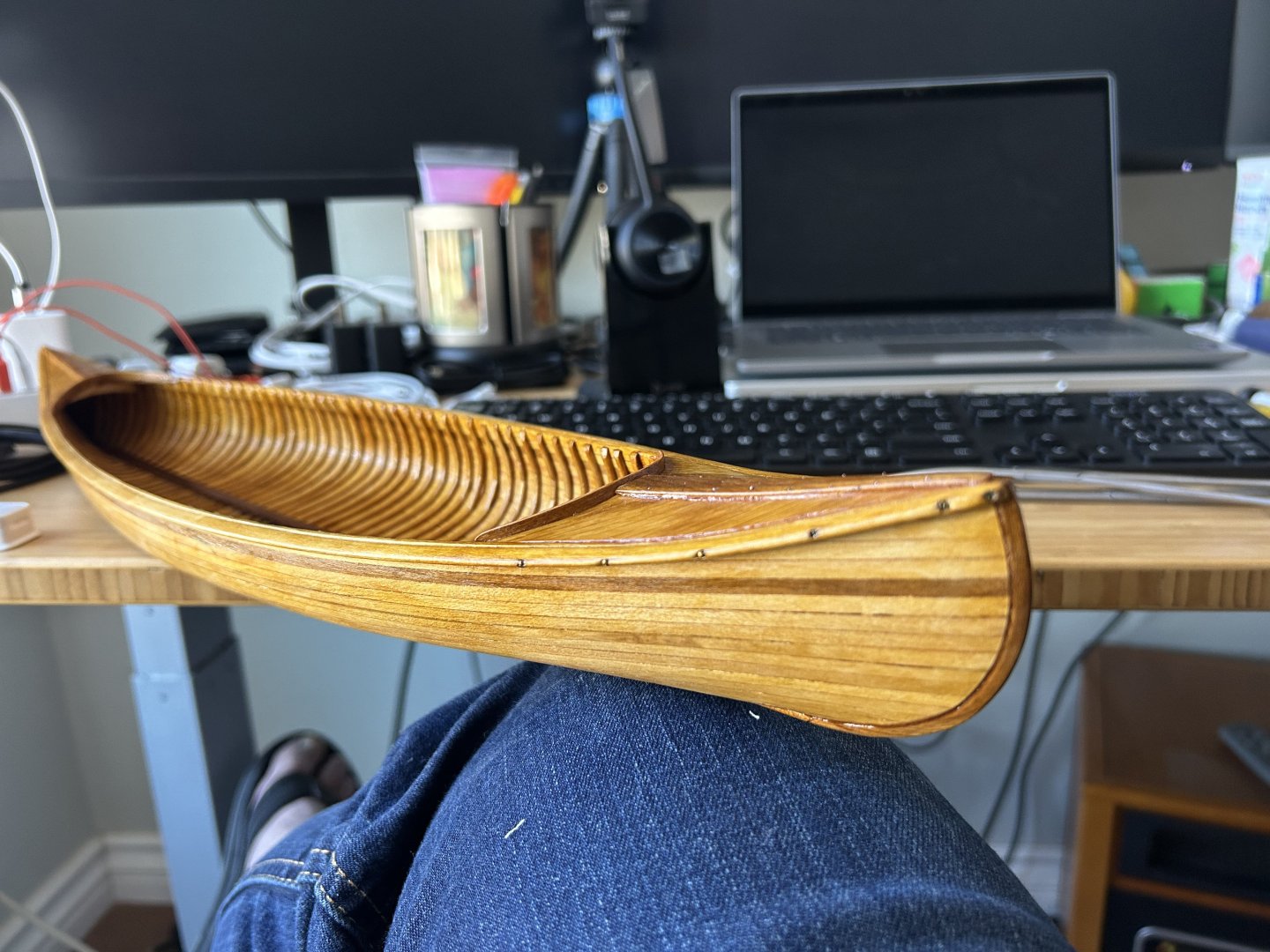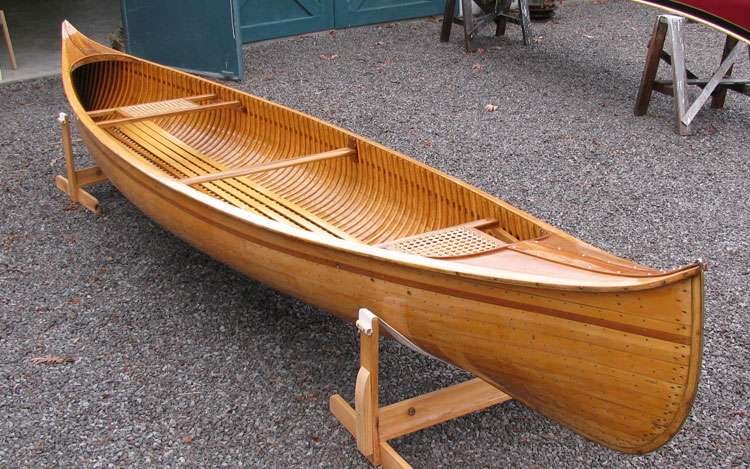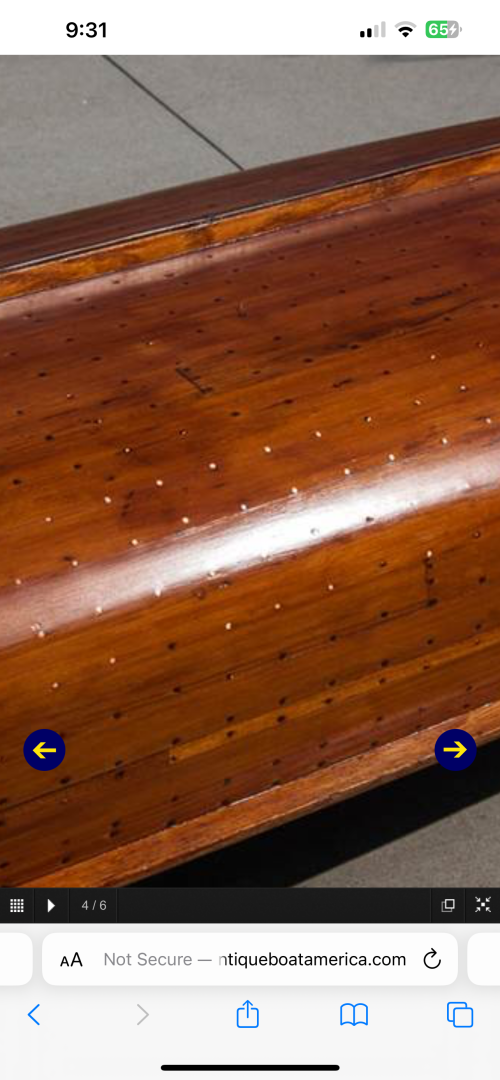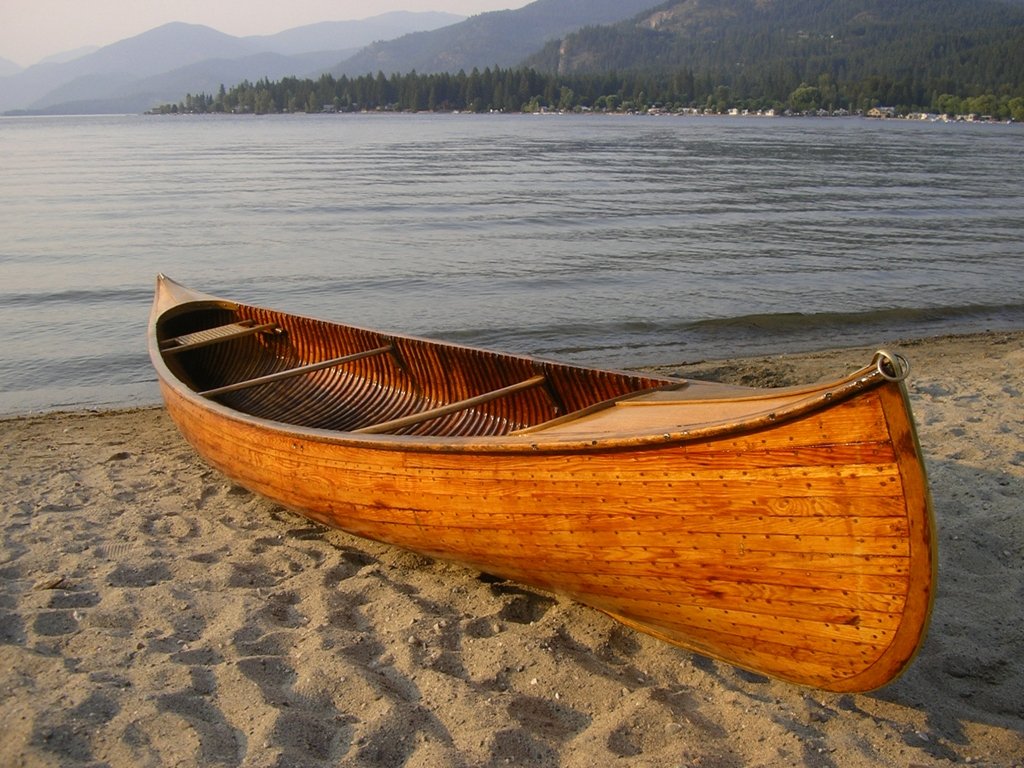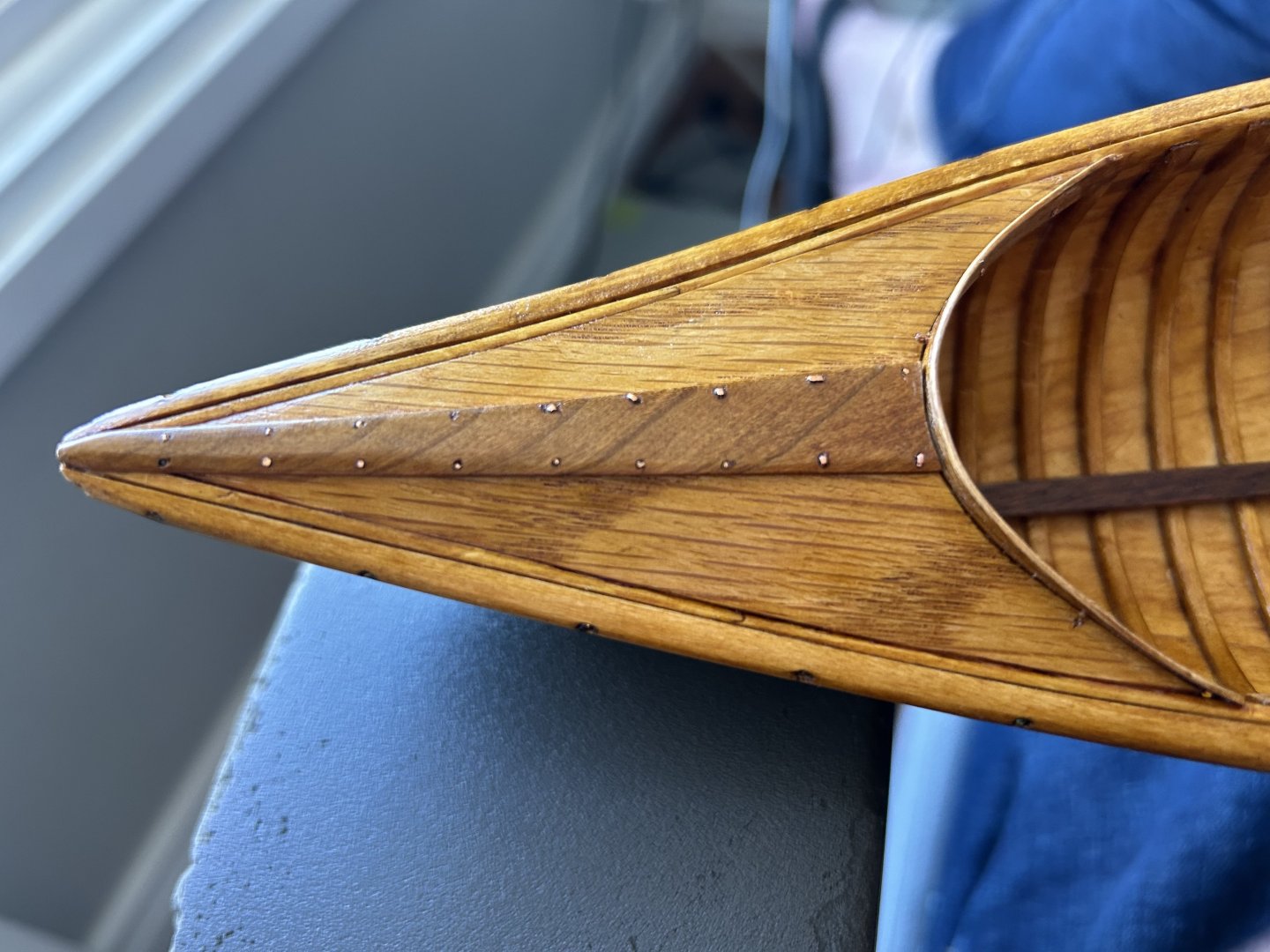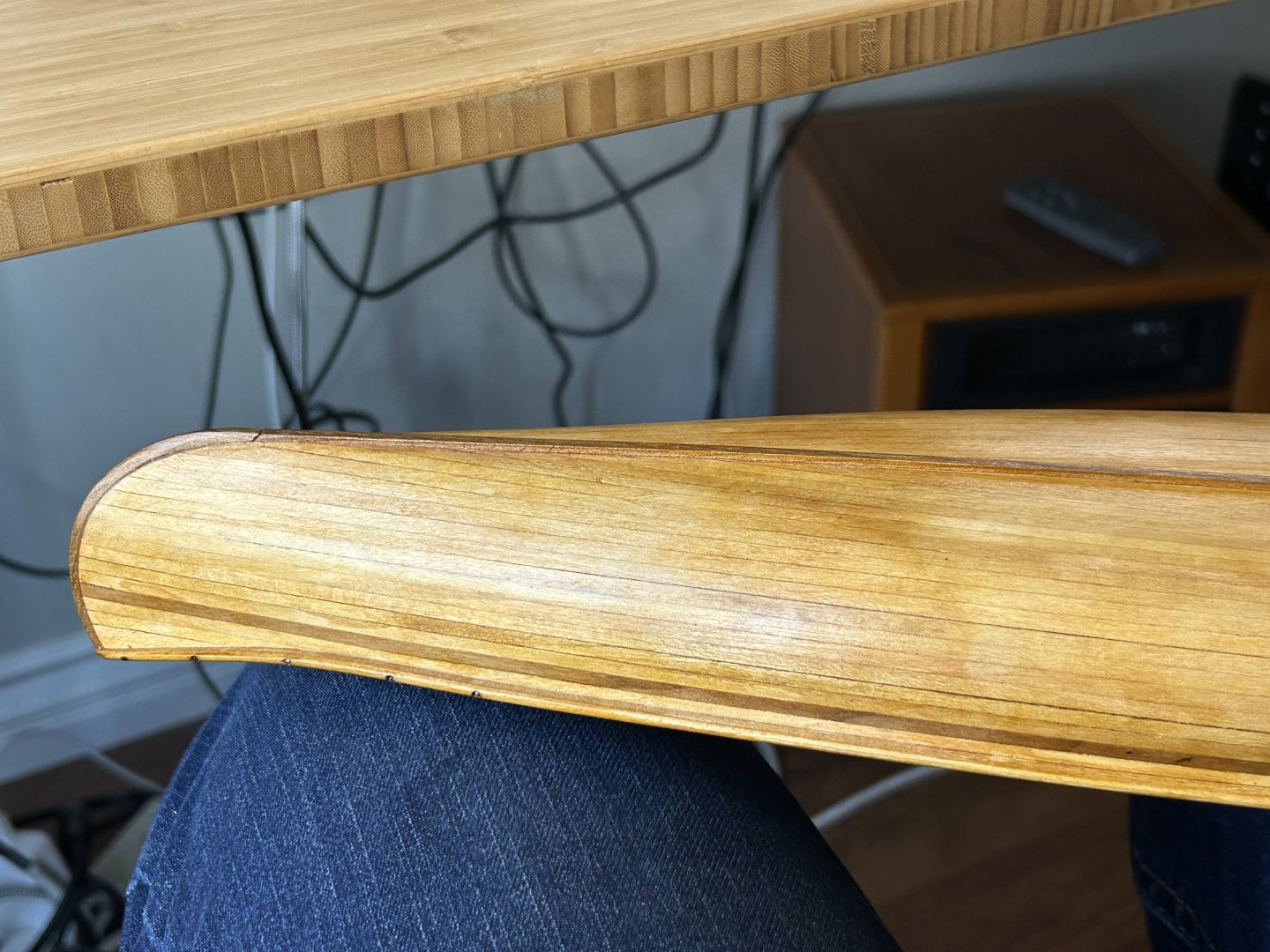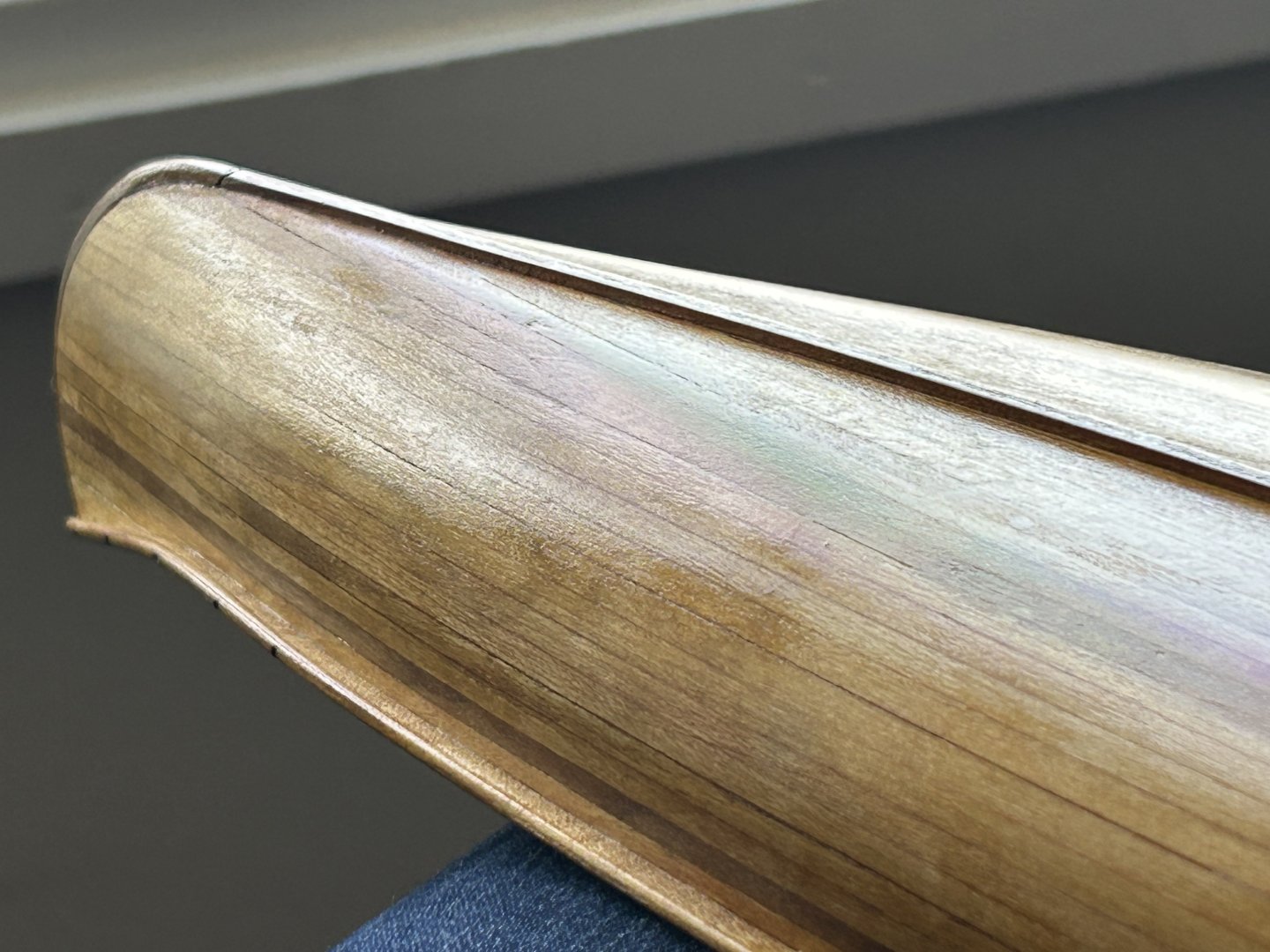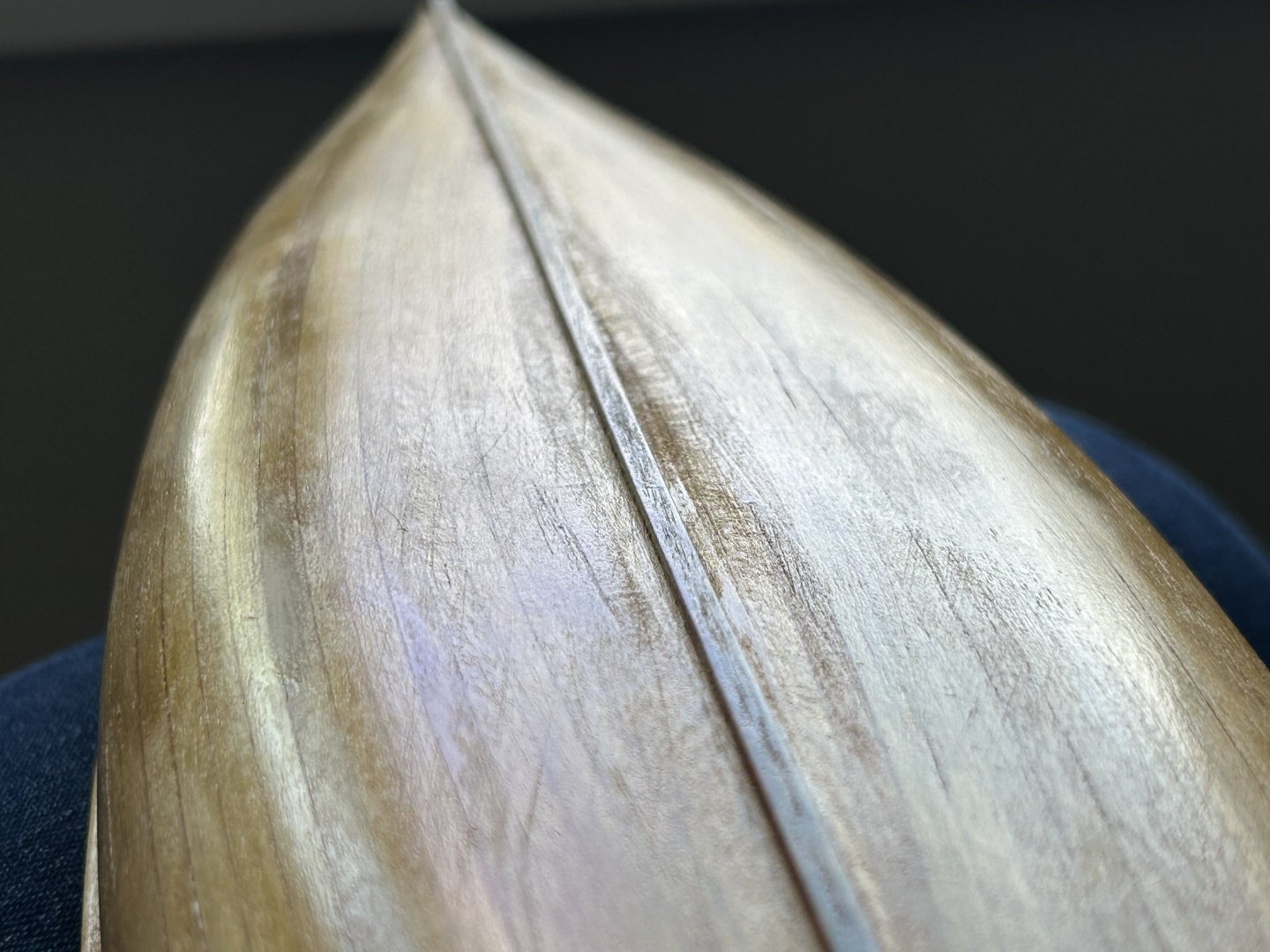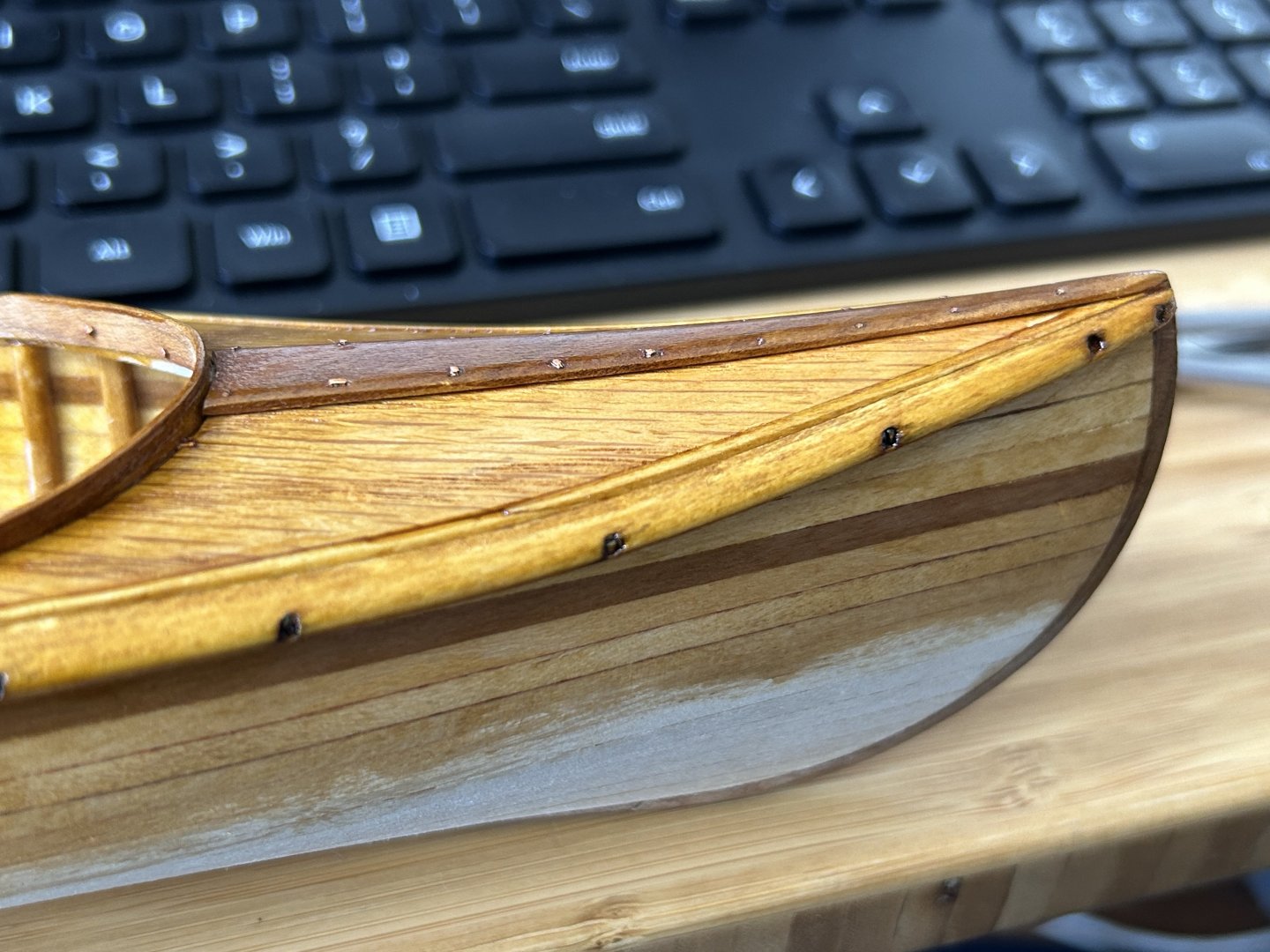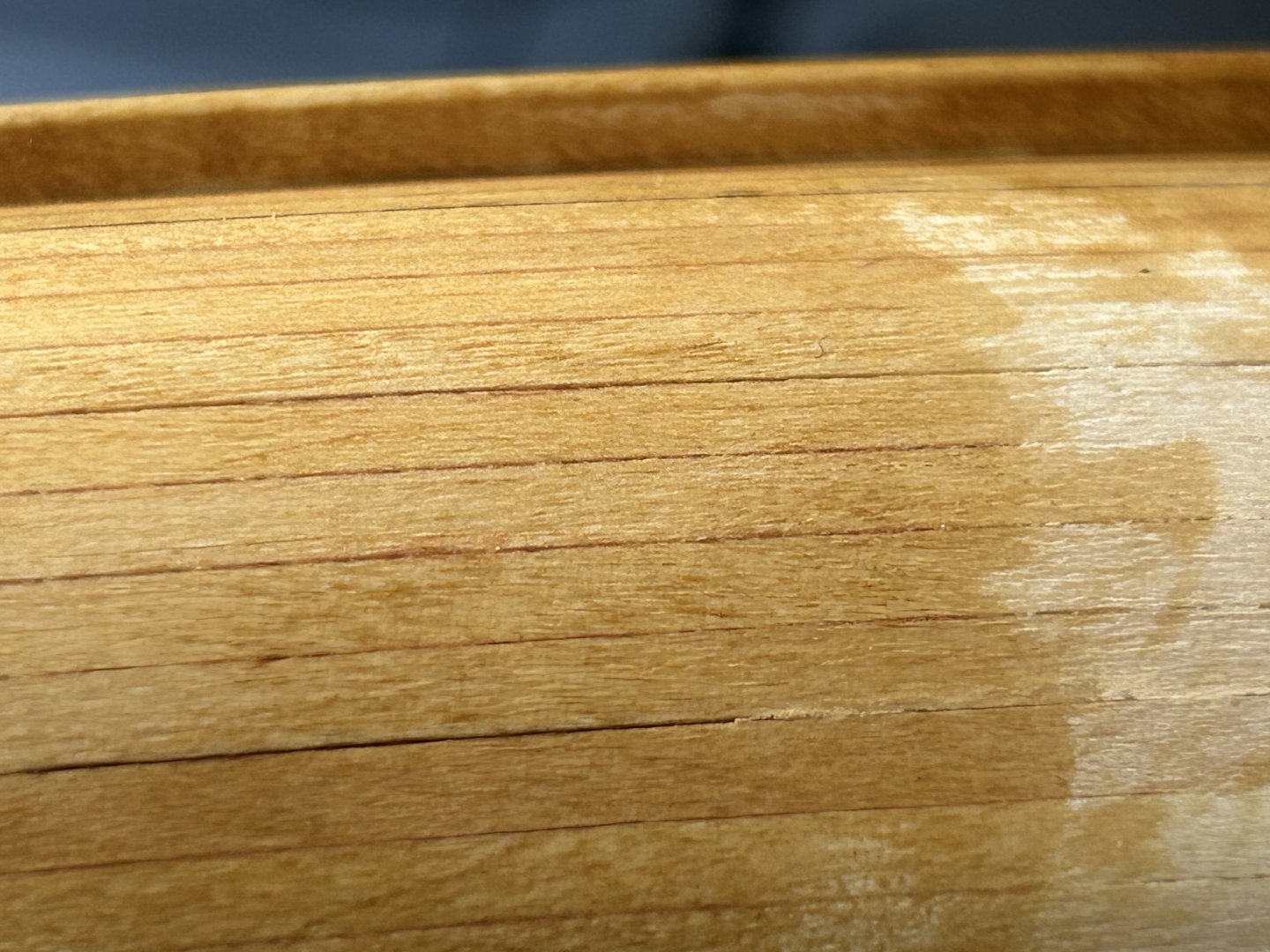
halvoric
NRG Member-
Posts
84 -
Joined
-
Last visited
Content Type
Profiles
Forums
Gallery
Events
Everything posted by halvoric
-
Here is the seat with the second diagonal step completed. Notice there is a missing strand in the upper left corner—I will pick that up when I string the “couching” strands that are to cover the holes and make a nice border. And here I have run the couching strands and corrected the missing corner. All that remains is to run tie-down loops through every (or every other) border hole. Hopefully I can do that without too much drama.
-
Doing the (larger) front seat first: Verticals and horizontals completed, diagonals about 20% complete: Trying to keep it neat on the underside: See lessons learned from the underside of my test weave: The sharp-eyed may notice a subtle difference in the pattern between the test (traditional warp-and-weft pattern) and the current seat weave (the Peterborough “quick” pattern). This is intentional and based on my research (and great debt owed to Mike Elliott’s “This Old Canoe” books). There was also a Chestnut Canoe Co. version of the “quick” pattern. What the two quick patterns have in common, and in contrast to the traditional pattern, is that they skip the weaving that normally happens in the fourth step of the vertical/horizontal matrix. The difference between the Chestnut and Peterborough quick patterns is quite subtle and is just in the last diagonal step (which strands the diagonal goes over versus under). And now you know more than you will ever need to (or wanted to) about canoe seat caning patterns. 😆
-
It’s taken me a while to plan out exactly how to manage the seats (basswood, with a light stain, and a semi-gloss clear lacquer varnish) and seat supports (3/32 x 3/16 mahogany), and to settle on the sizes and hole patterns for the caning. Still not sure if I’ll be happy with the scale (thinking they may read as a bit oversized), but if not perfect I can always re-make them with another 30 hours of meticulous labor (😆). Another batch of screws/bolts will be needed for the seat supports, and some tiny screws for the brass keel strip, which has been weathered/patinated, just needs straightening. Here is the test warp & weave caning job at scale, although I will be using the flat waxed linen thread (visible in lower right corner) rather than the gold woven thread. Already screwed up the front seat (was supposed to be 9 rows high by 11 wide, somehow I only made 8 rows high).
-
Now both floorboards are in and the hull polish is “done” (it’s hard to resist adding a micron or two more and then buffing it out again). Had to add a few coats to one side as my very last floorboard bracket screw hole popped all the way through. Oops. And I’ve found one more reference canoe online, this one with the glossiest finish I’ve seen yet. Makes me feel a bit more “scale”. Now for a lot of measuring twice and cutting once as I decide where the two seats and single thwart and their mounting pieces need to go. Not really looking forward to caning the seats as it is remarkably tedious work. But worth it I hope.
-
Finished all the holes, blackening, nails and filler for one side. With the very first rubbed coat of shellac. Also realized I could countersink/finish the nailheads with a punch/nailset. This will need/get SOOO many more coats of rubbed-on French polish shellac. Probably something like 20 coats—their thickness is measured in microns I think. Overall I am happy with the results so far.
-
After drilling 525 holes I seem about 25% done. On one section, I have added random nails and “water stain” darkening and put about 30% of the total thickness of French polish shellac that it will ultimately need. The effect seems close to what was desired. This is the half-finished section beginning to show the depth and lustre of the final French polish. I will keep going until most of the divots are leveled; the copper nail heads will probably still sit proud of the finish. The full section from an angle that better reveals the DAP “Natural” wood filler in most of the holes. And here is the total progress to date. No shellac on this side yet; adding darkening and nails as I go along in stages. Surprisingly few ugly holes bored all the way through the hull.
-
The first hull nails test: I am planning to make them mostly filler, with a few showing darkening/waterstaining and a few copper nailheads showing through. Ignore the “ghost” holes; I impatiently launched into making my starter holes (with an awl/stylus) without recalling from my source materials that the nails need to be at the (upper) EDGE of each plank (toenailed I think that is) to look like the original. Hopefully this one set of ghost holes won’t stand out when it’s all done (and if they do that side will face the wall 😂). Making tiny nails from 24ga wire. Production is slow.
-
Thanks! Your canoe looks exactly like the kit I am bashing, if built to the plans. I’ve made a lot of changes to mine for scale realism, but the basic plank hull is identical. I think Midwest had a predecessor kit to my 1:8 scale (Canadien Canoe, based on the Peterborough Model 44) that was a bit smaller but very similar. The kit features no seats, just three thwarts, like yours.
-
All the screws & nails are in place and now starting the first shellac stages of finishing. A few coats on the decks/outwales/king planks/coamings and interior. I will be smoothing some of the finish on the surfaces with a French Polish technique using old-school linen “rubber” and 4F pumice powder, followed by additional french polish coats (if you’ve done french polish you know how long this can take. For the hull I am just doing an initial fill coat of shellac which will be knocked down with pumice/alcohol and repeated shellac steps to fill seams and grain. When that first smoothing phase is done, I will decide how to do simulations of the 800+ copper nails that hold the strips to the ribs. It seems like a crazy amount of holes to drill, but let’s see how much patience I have. Installation of the floorboards, seats, thwarts and brass keel strip will follow that nail project, then final french polish finish for the hull. (And making a couple of paddles)
About us
Modelshipworld - Advancing Ship Modeling through Research
SSL Secured
Your security is important for us so this Website is SSL-Secured
NRG Mailing Address
Nautical Research Guild
237 South Lincoln Street
Westmont IL, 60559-1917
Model Ship World ® and the MSW logo are Registered Trademarks, and belong to the Nautical Research Guild (United States Patent and Trademark Office: No. 6,929,264 & No. 6,929,274, registered Dec. 20, 2022)
Helpful Links
About the NRG
If you enjoy building ship models that are historically accurate as well as beautiful, then The Nautical Research Guild (NRG) is just right for you.
The Guild is a non-profit educational organization whose mission is to “Advance Ship Modeling Through Research”. We provide support to our members in their efforts to raise the quality of their model ships.
The Nautical Research Guild has published our world-renowned quarterly magazine, The Nautical Research Journal, since 1955. The pages of the Journal are full of articles by accomplished ship modelers who show you how they create those exquisite details on their models, and by maritime historians who show you the correct details to build. The Journal is available in both print and digital editions. Go to the NRG web site (www.thenrg.org) to download a complimentary digital copy of the Journal. The NRG also publishes plan sets, books and compilations of back issues of the Journal and the former Ships in Scale and Model Ship Builder magazines.






